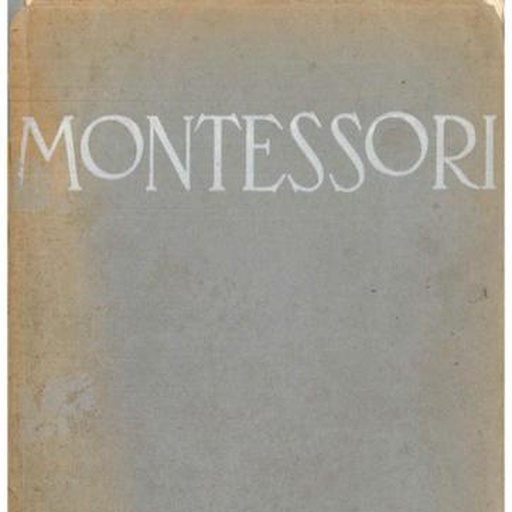Texts
This section collects writings by Maria Montessori that can be placed in the public domain in digital form. The texts are reproduced in the original format and language.
Highlight
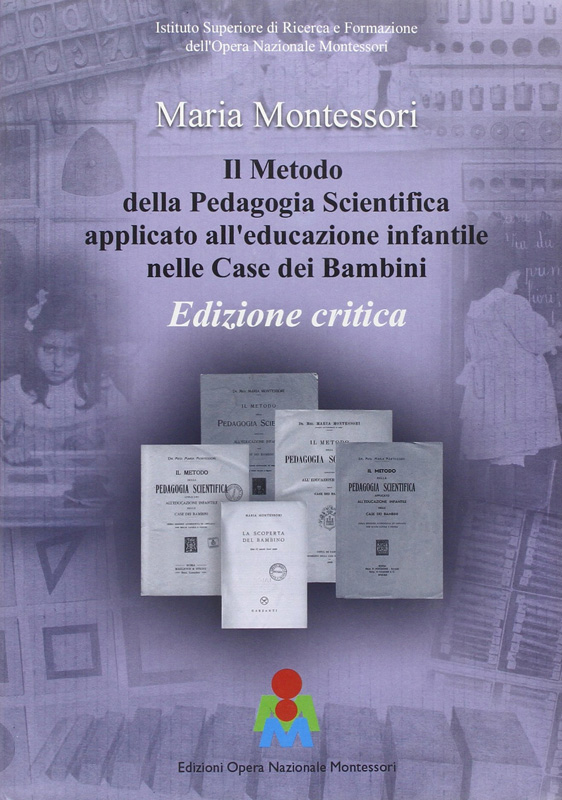
Il metodo della pedagogia scientifica
The digital critical edition
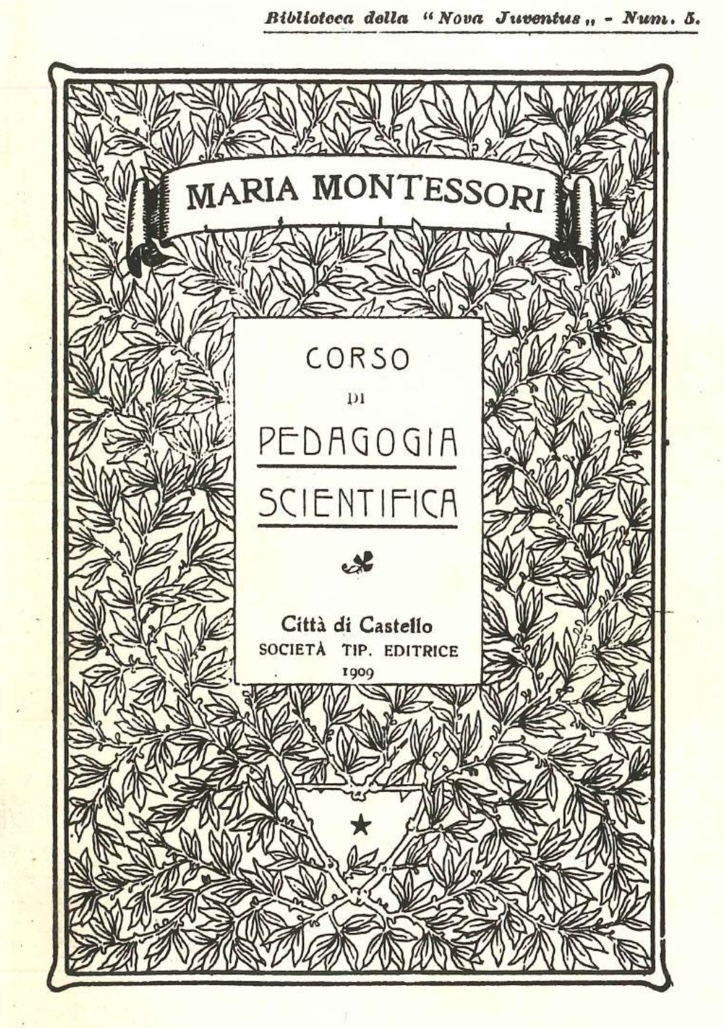
Corso di Pedagogia Scientifica
Appunti e note sulle lezioni della D.ssa Maria Montessori docente nell’Università di Roma
1909
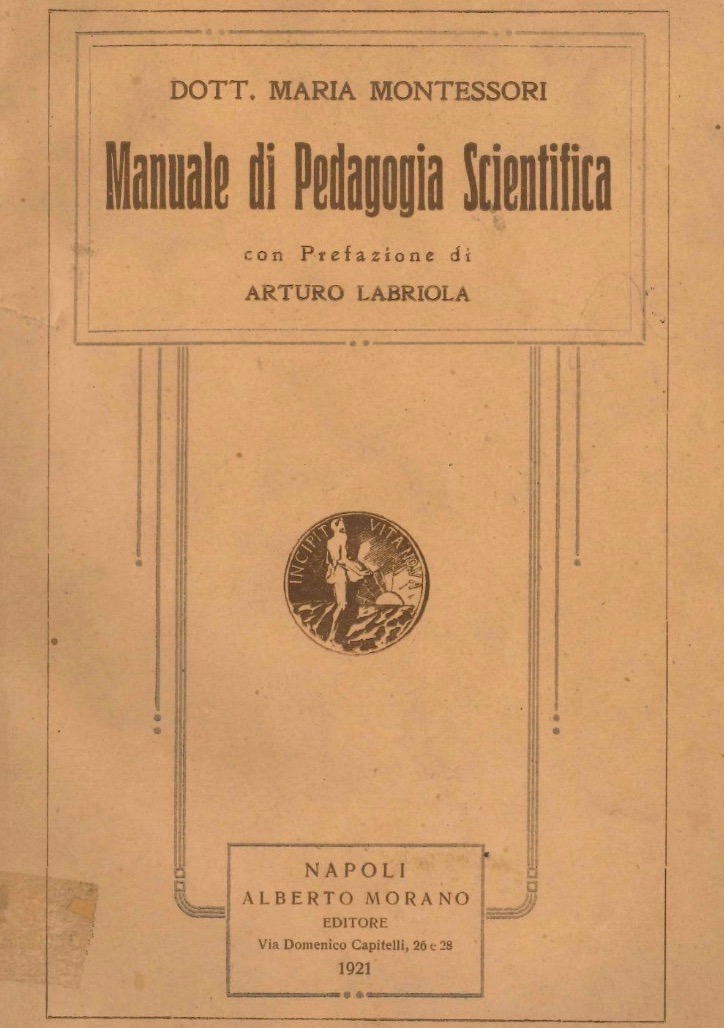
Manuale di Pedagogia Scientifica
1921
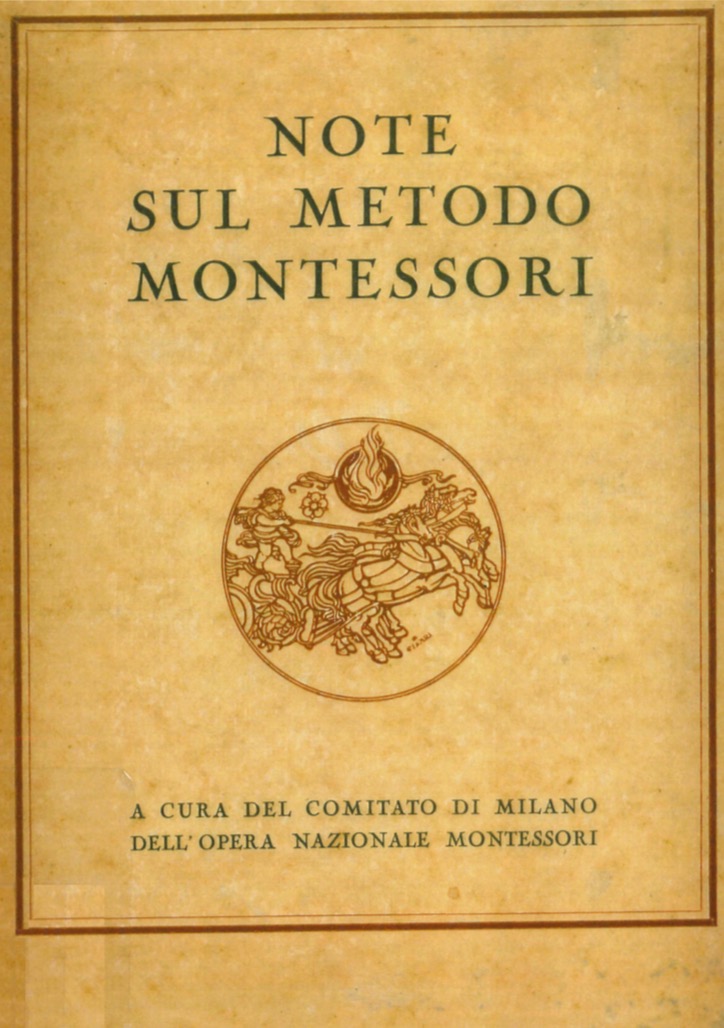
Note sul Metodo Montessori
1926
Writings by Maria Montessori in Journals ADVANCED SEARCH
This Section gathers contributions published in both Montessori and non-Montessori journals.Montessori journals refers to the historical publications issued between 1924 and 1934 (seethe Journals Section) as well as “Vita dell’infanzia”, the journal of the Opera NazionaleMontessori, founded in 1952 and still in publication.
Articles are available for consultation individually. The search engine also allows users to locateoccurrences of a specific term across all articles — including image captions — or to limit thesearch to articles published in a specific year. When a writing has no title, the one provided isderived from its opening words and is enclosed in square brackets.
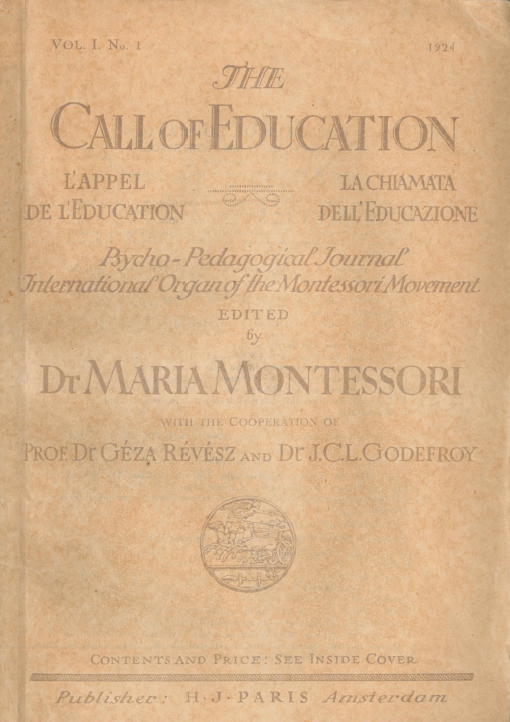
The Call of Education. Psycho-pedagogical Journal
Periodical annuals 1924-1925
10 texts by Maria Montessori in this journal
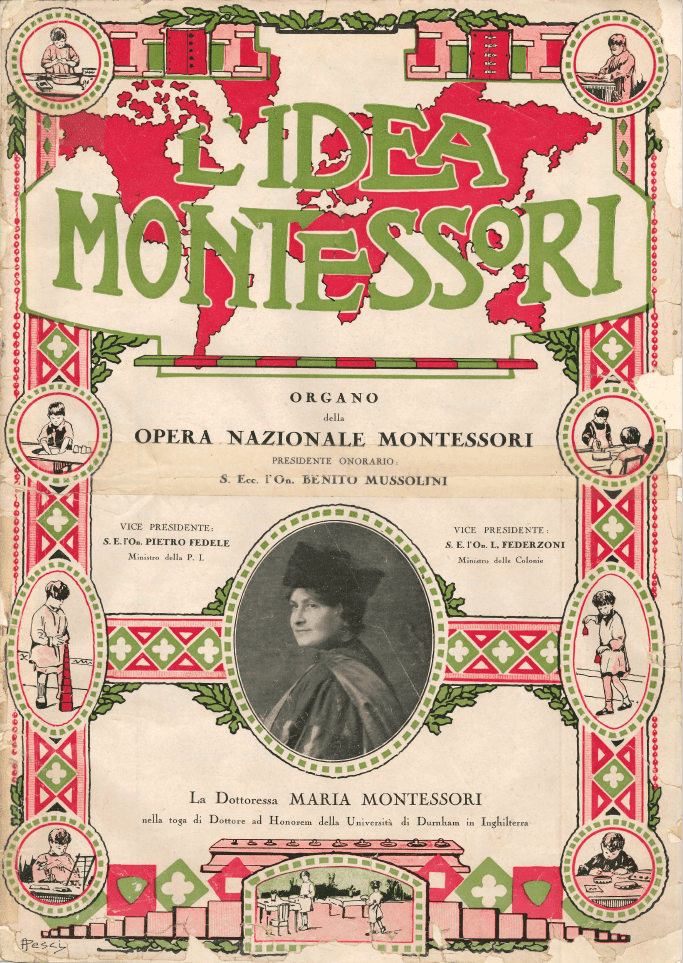
L'Idea Montessori
Periodical annuals 1927-1928/1928-1929
6 texts by Maria Montessori in this journal
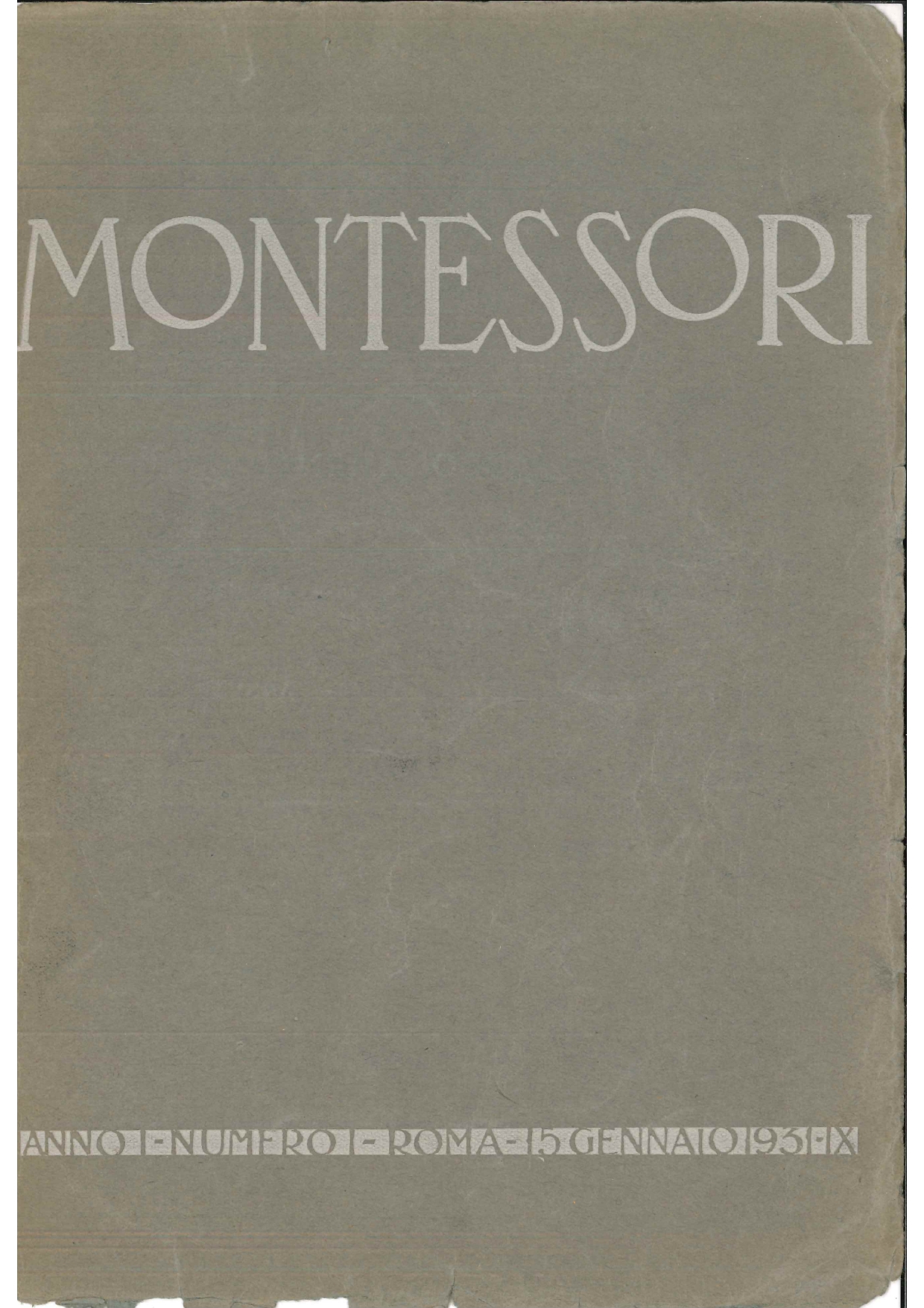
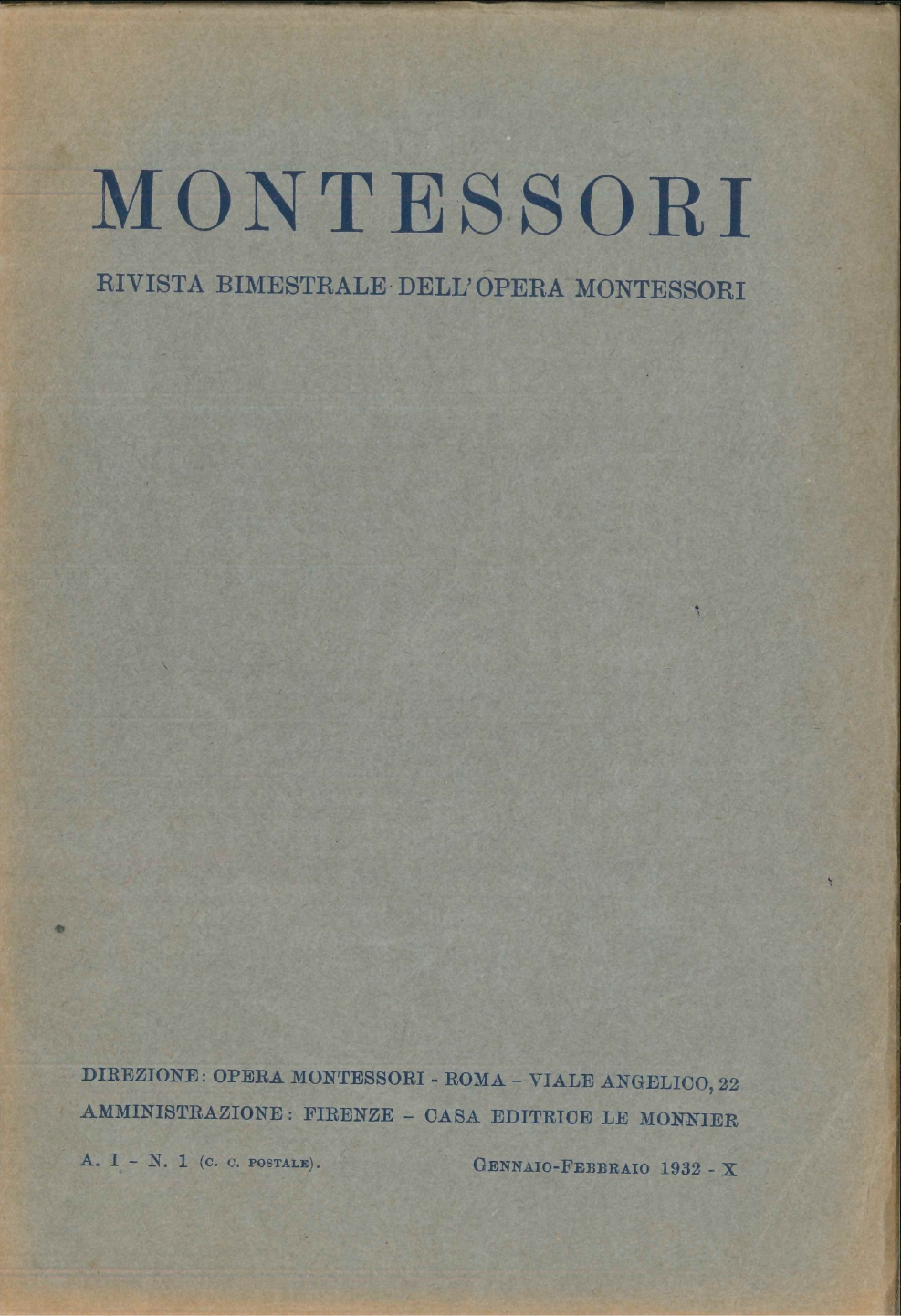
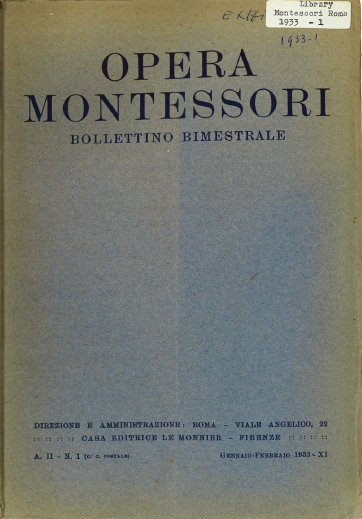
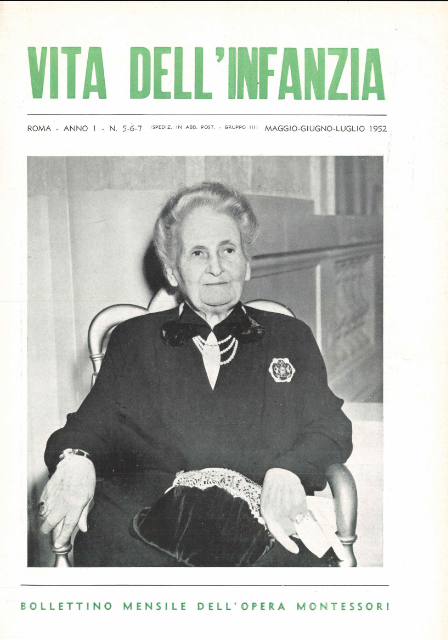
Selected texts by Maria Montessori:
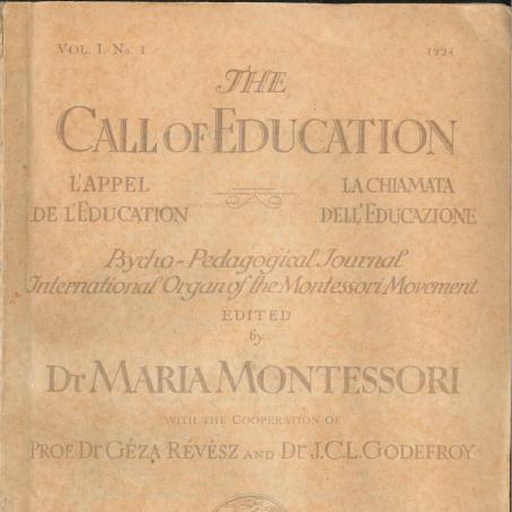
Questions and Answers. The social life
In: The Call of Education. Psycho-pedagogical Journal
Vol.I, n.1, 1924
1924
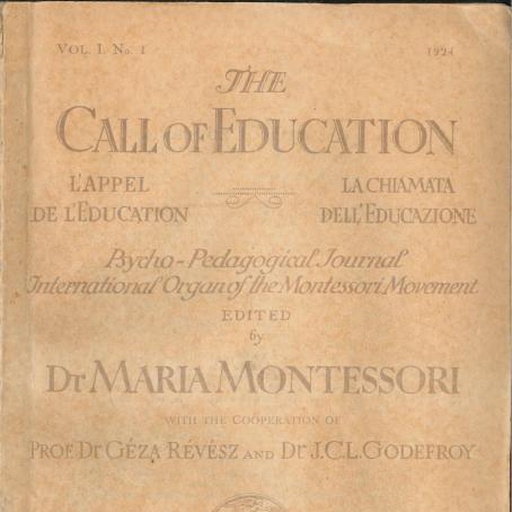
Study of very little children
In: The Call of Education. Psycho-pedagogical Journal
Vol.I, n.1, 1924
1924
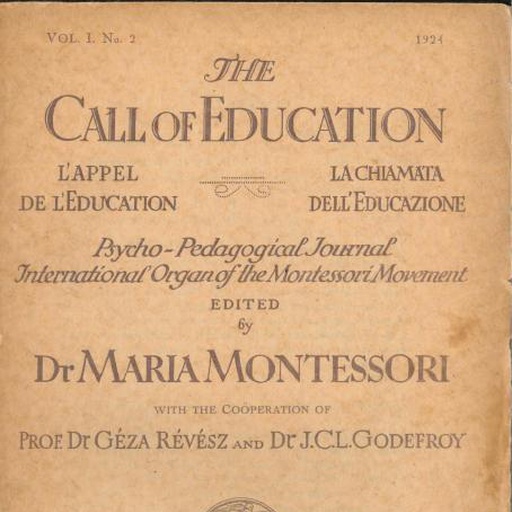
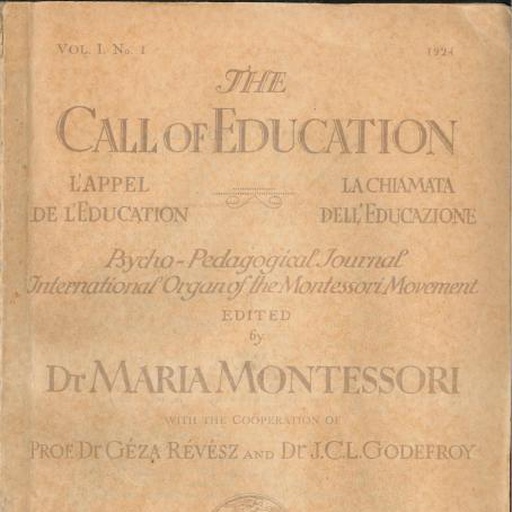
Preface to Titania's Palace
In: The Call of Education. Psycho-pedagogical Journal
Vol.I, n.1, 1924
1924
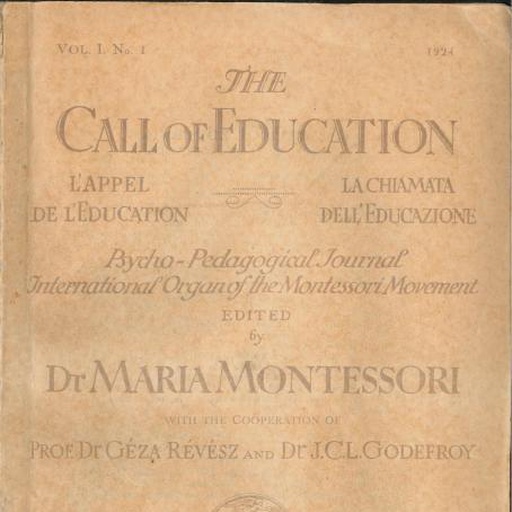
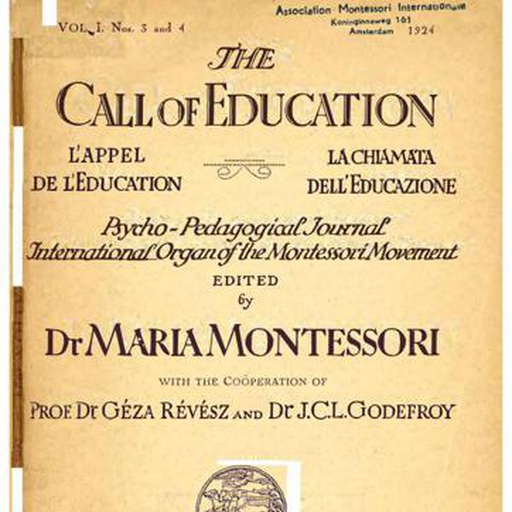
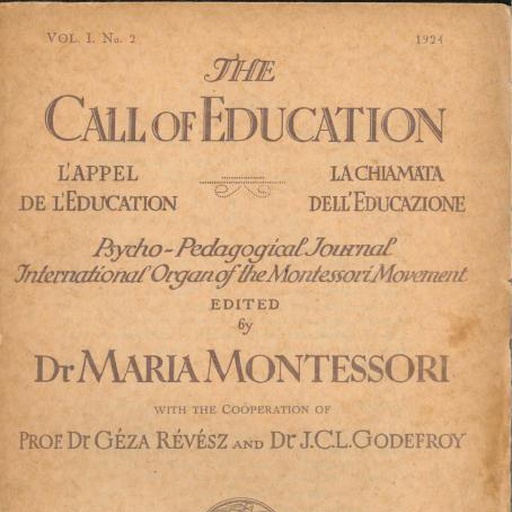
Questions and Answers. Use of the material
In: The Call of Education. Psycho-pedagogical Journal
Vol.I, n.2, 1924
1924
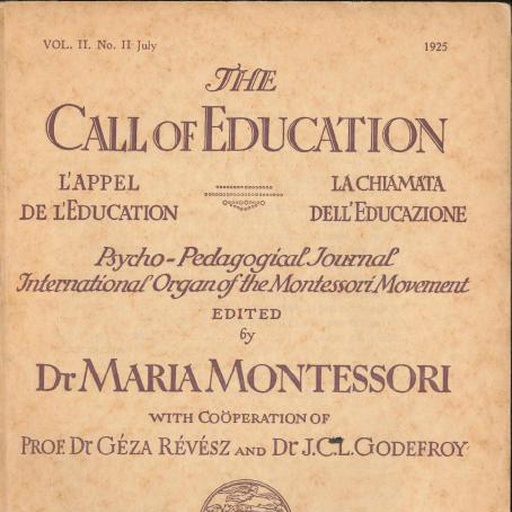
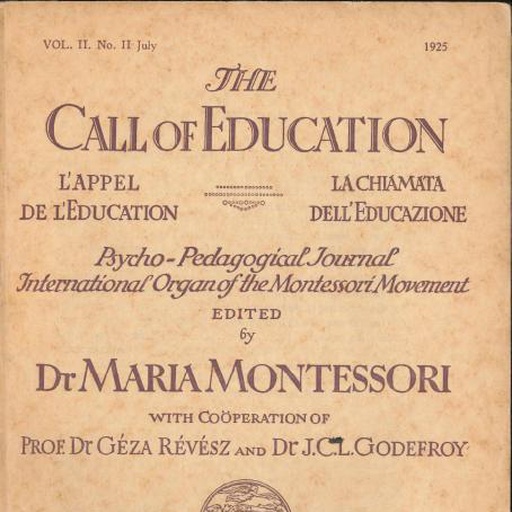
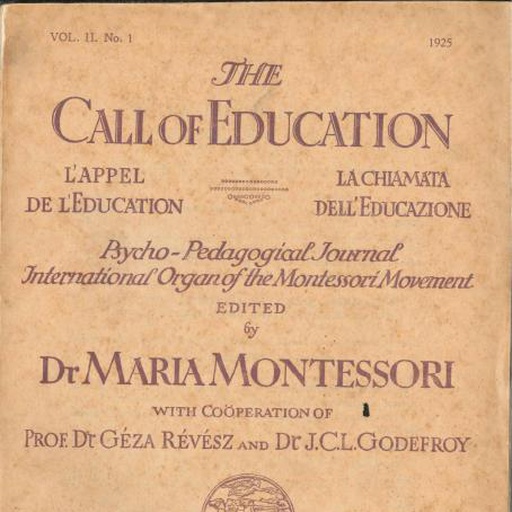
La nouvelle maitresse
In: The Call of Education. Psycho-pedagogical Journal
Vol.II, n.1, 1925
1925
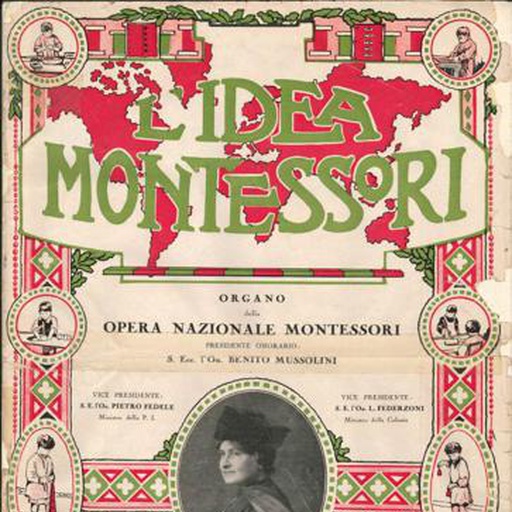
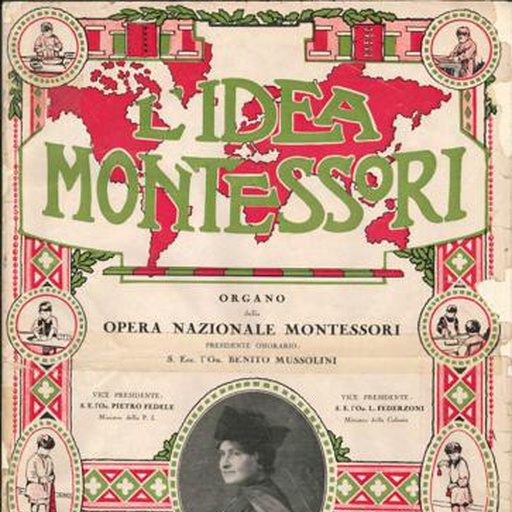

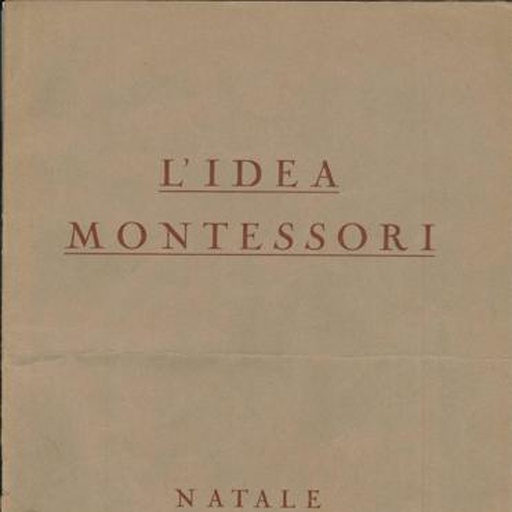
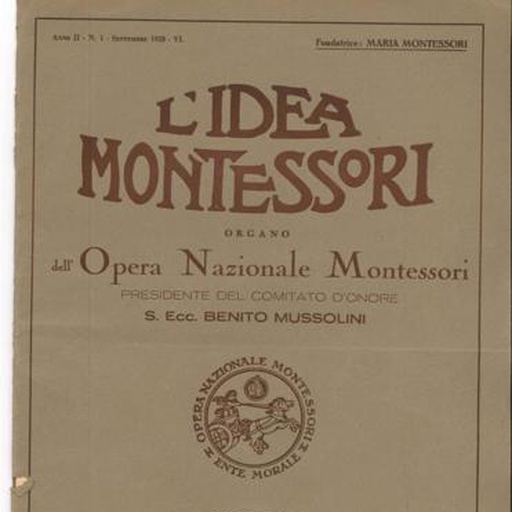
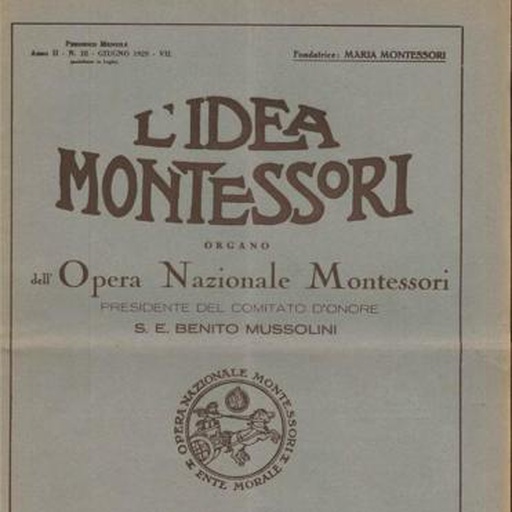
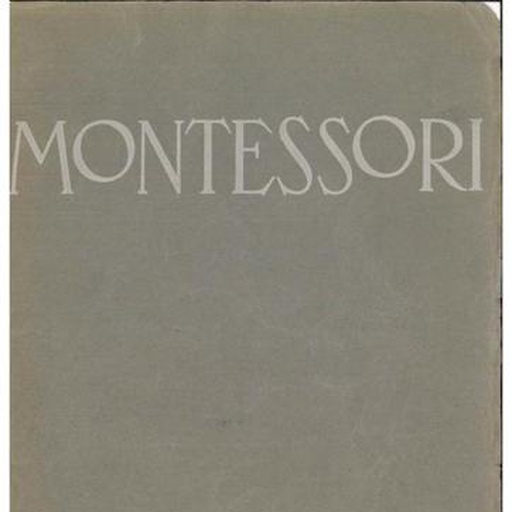
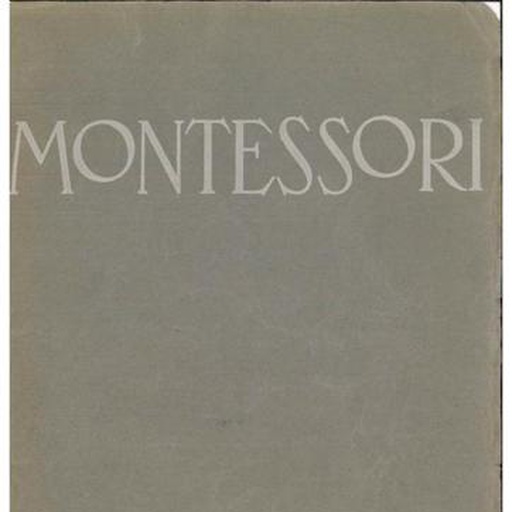
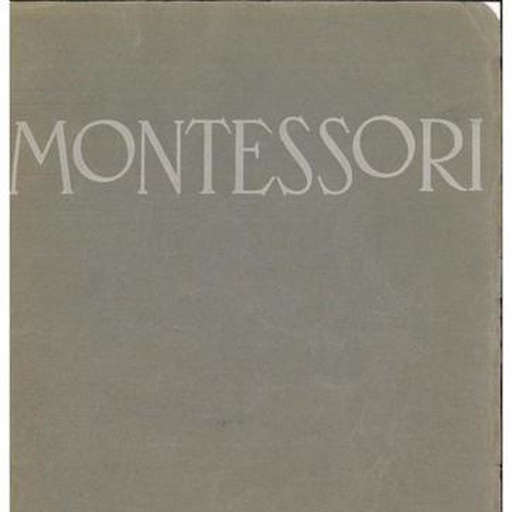
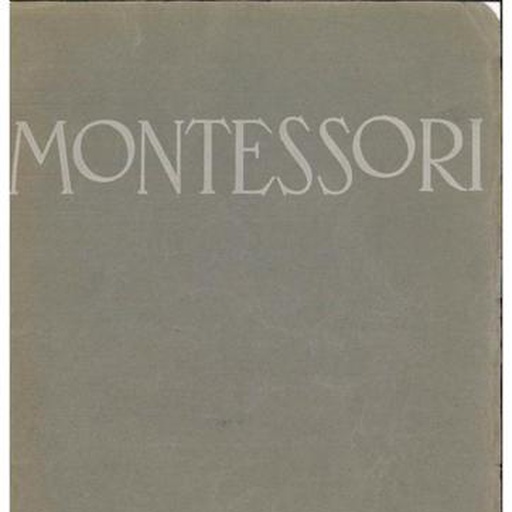
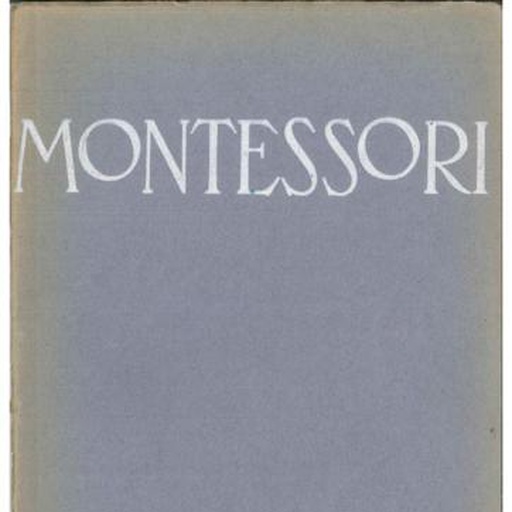
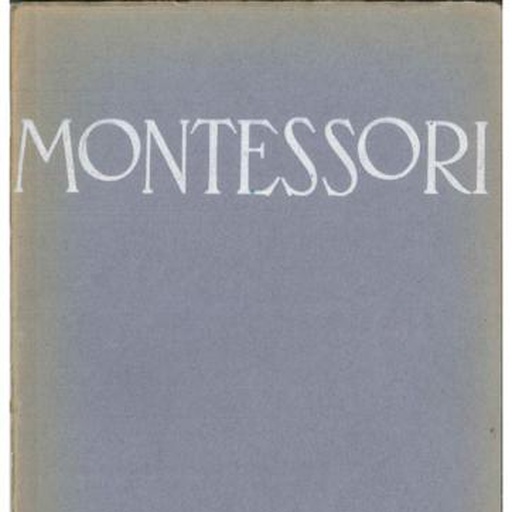
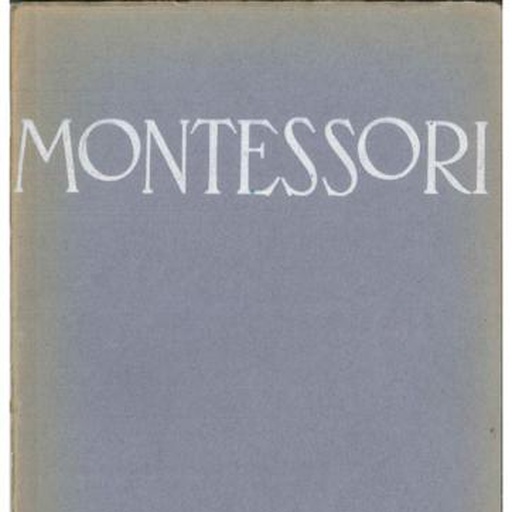
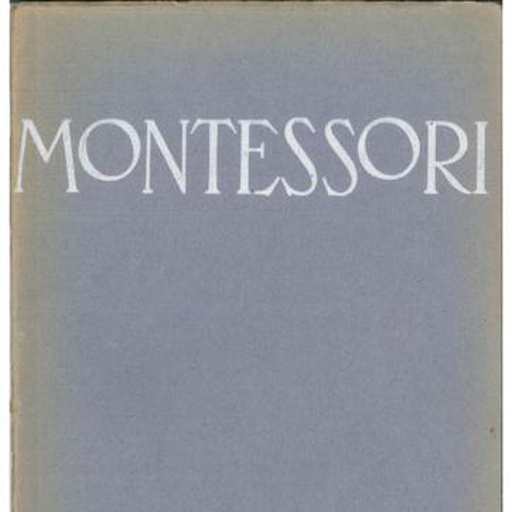
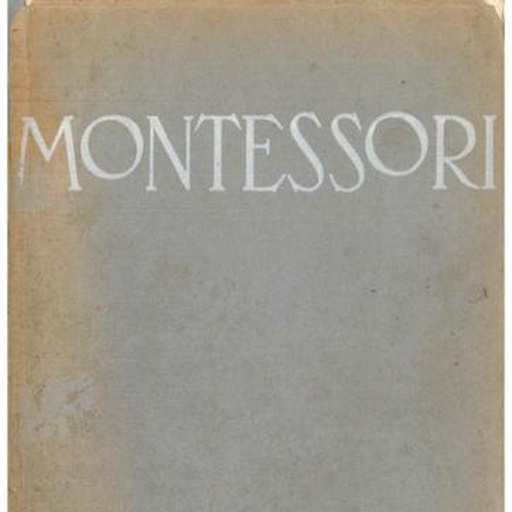
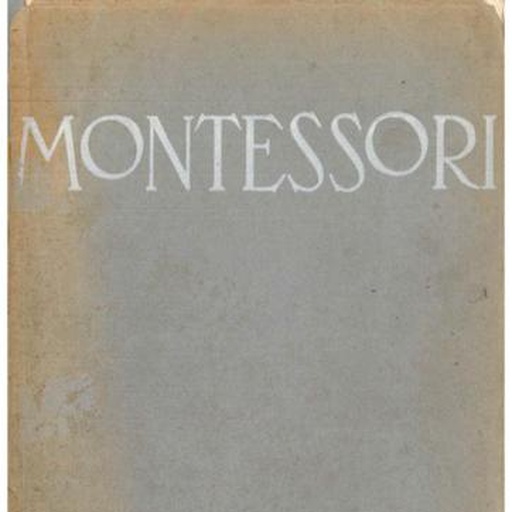
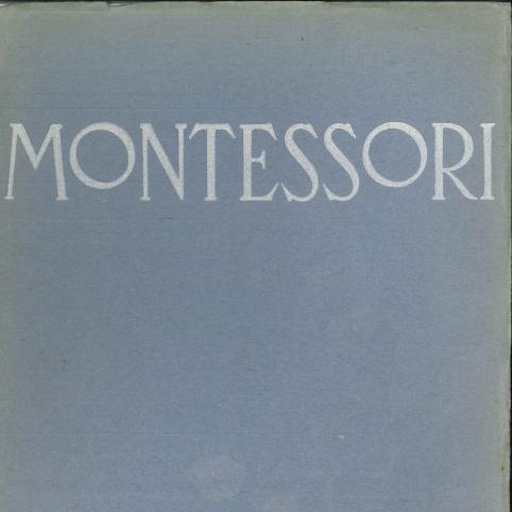
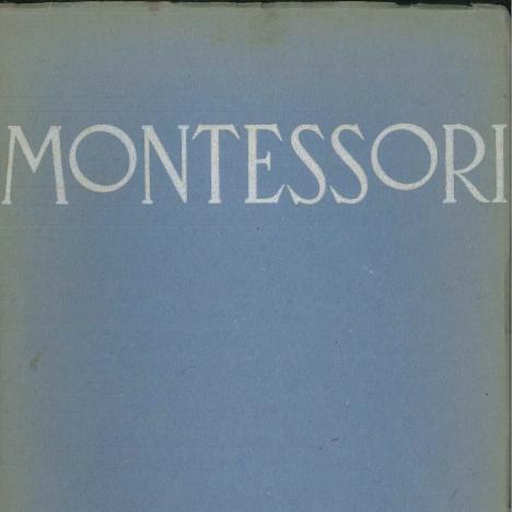
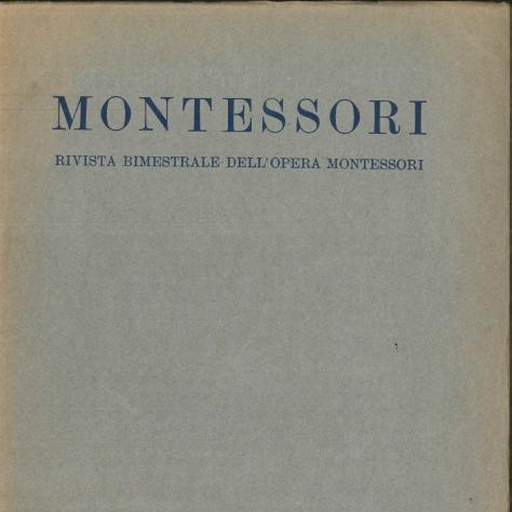
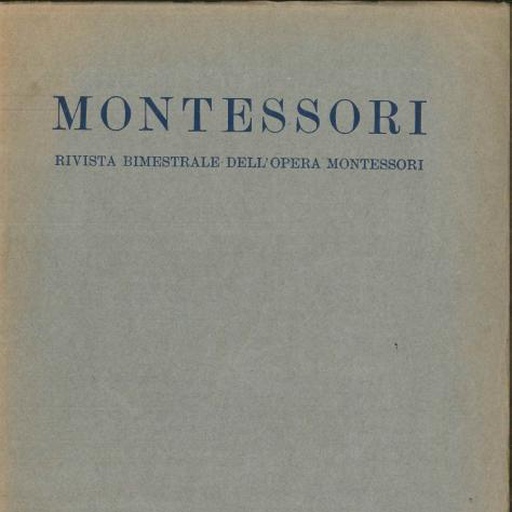
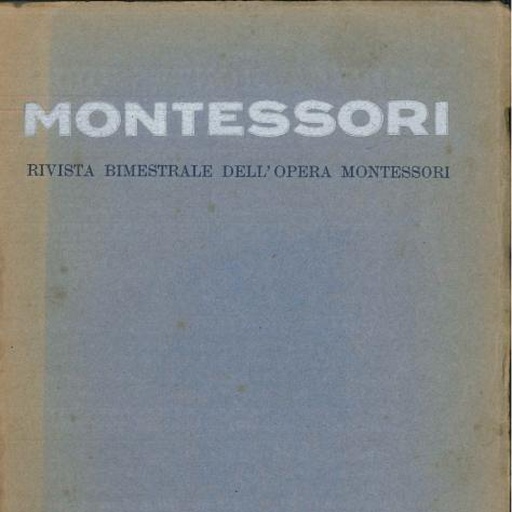
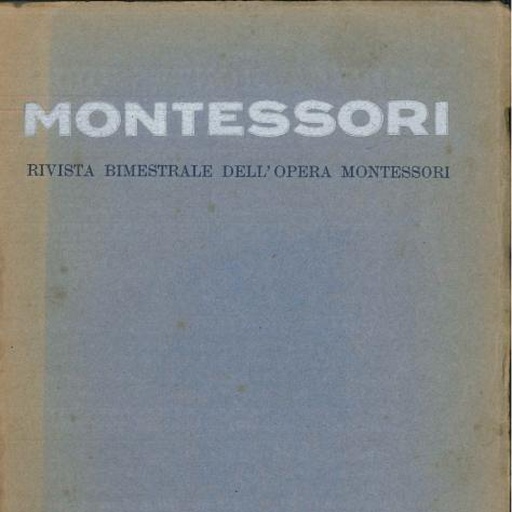
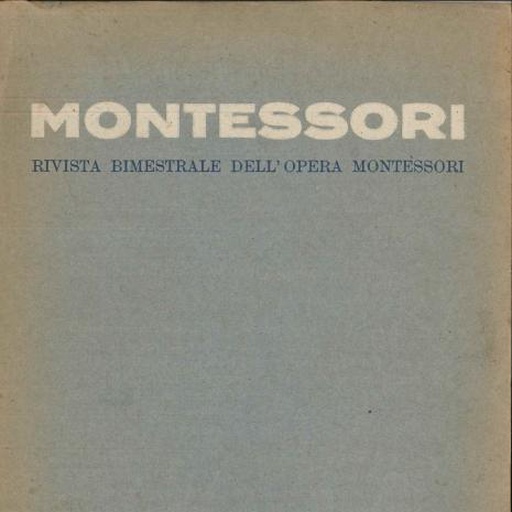
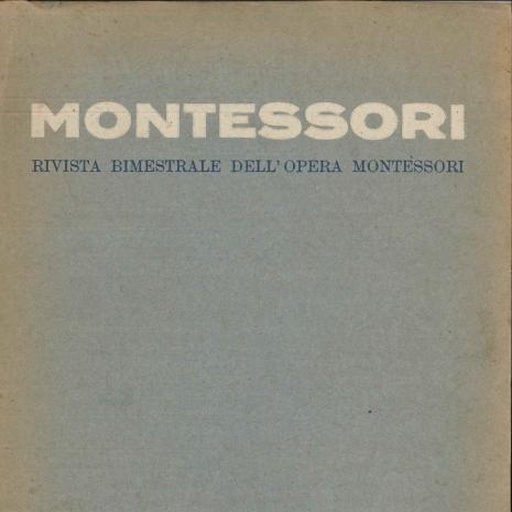
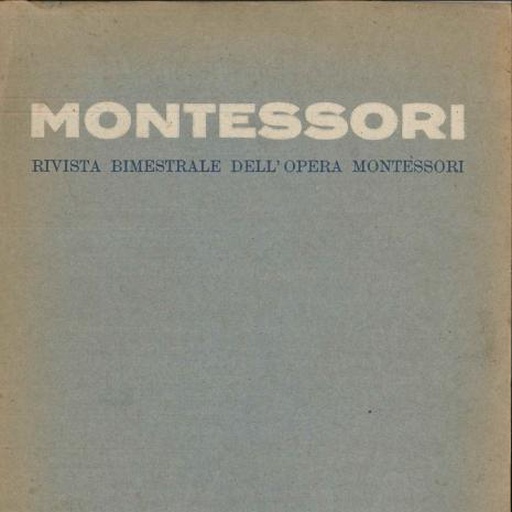

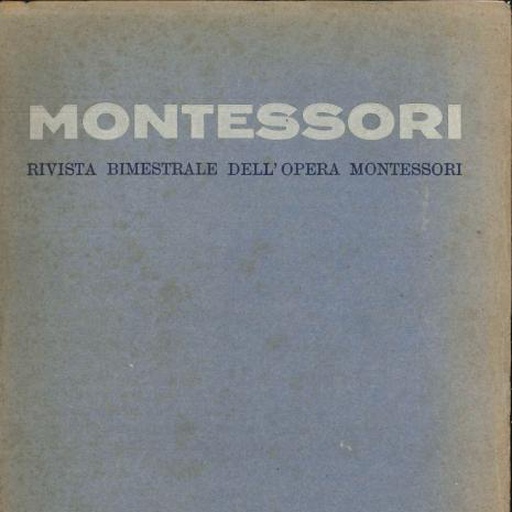
Il libro e la lettura nella scuola Montessori
In: Montessori
A.I, n.5, settembre-ottobre, 1932
1932
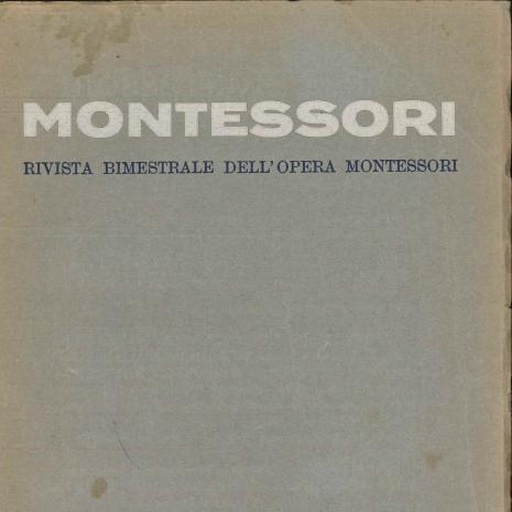
La liberazione dell'intelligenza. Note all'ultima lezione del Congresso di Nizza
In: Montessori
A.I, n.6, novembre-dicembre, 1932
1932
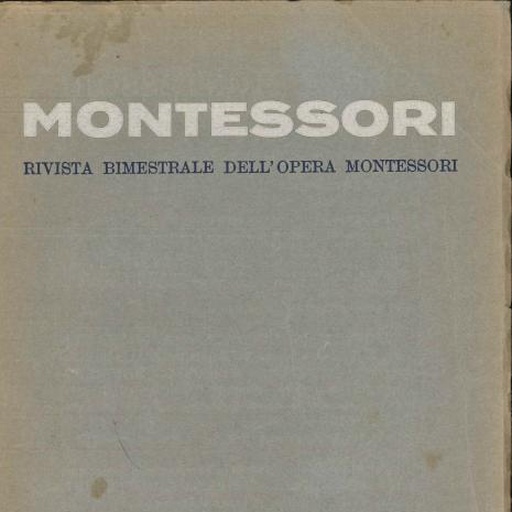
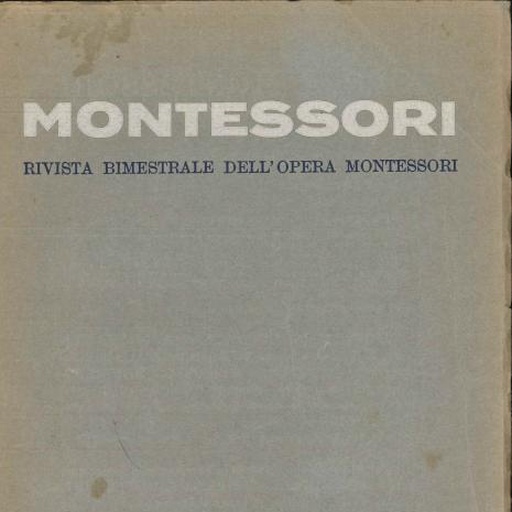
La costruzione della personalità attraverso l'organizzazione dei movimenti
In: Montessori
A.I, n.6, novembre-dicembre, 1932
1932
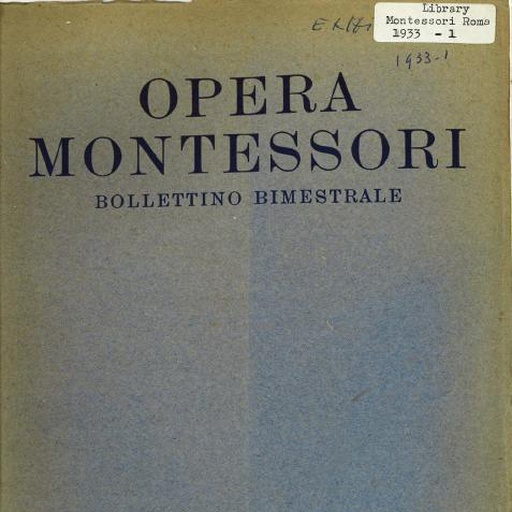
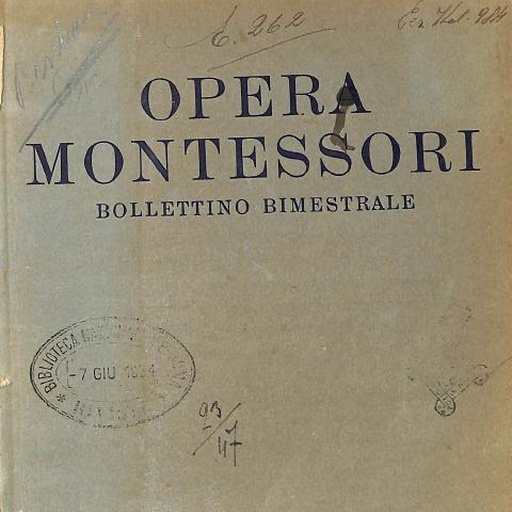
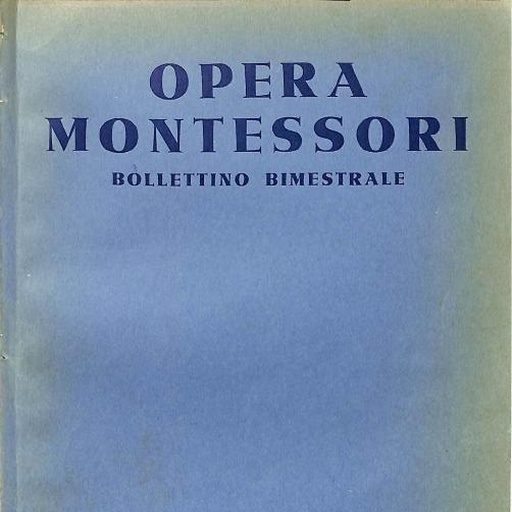
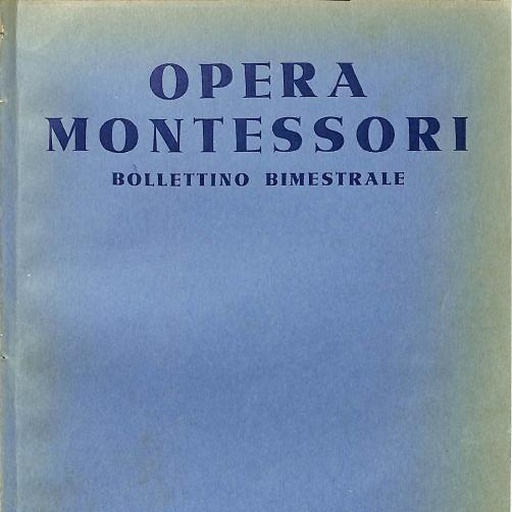
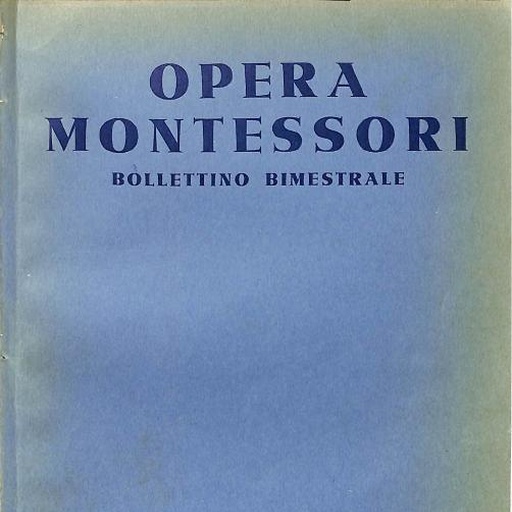
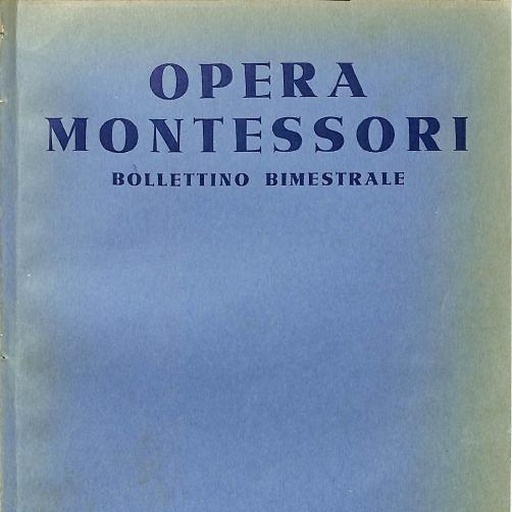
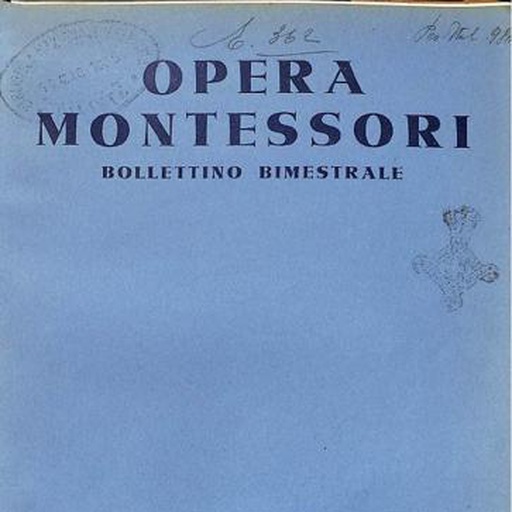
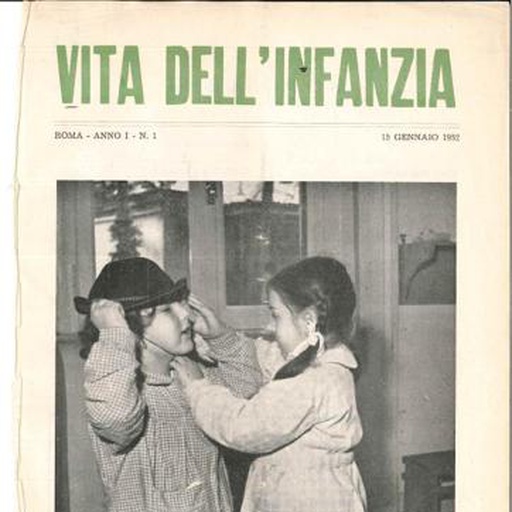

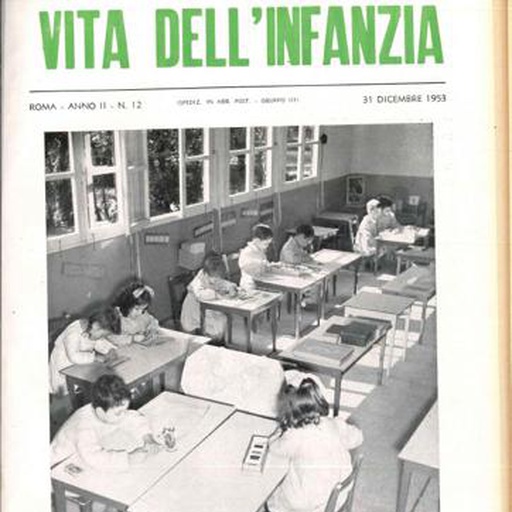
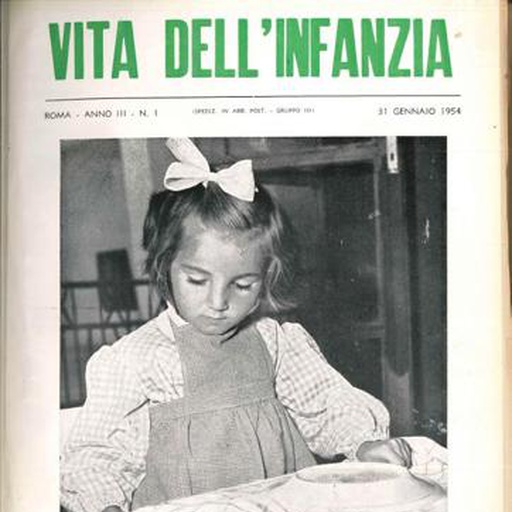
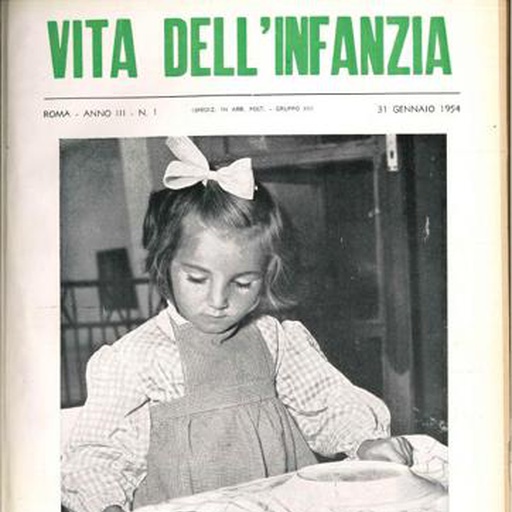
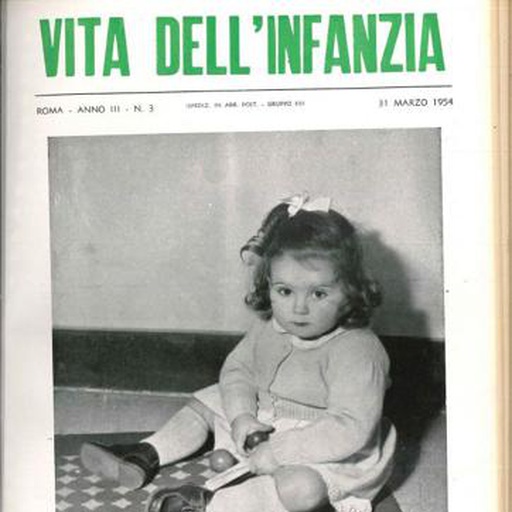
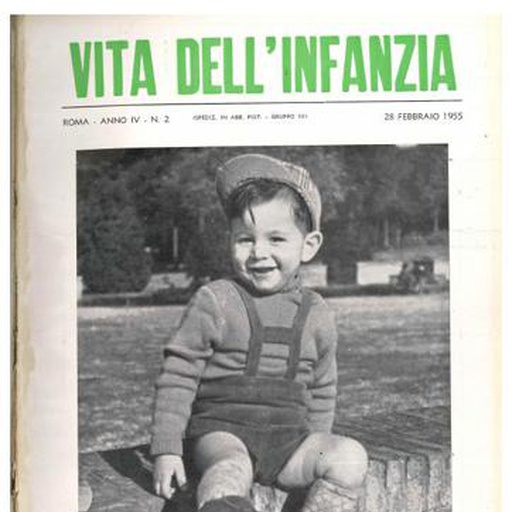
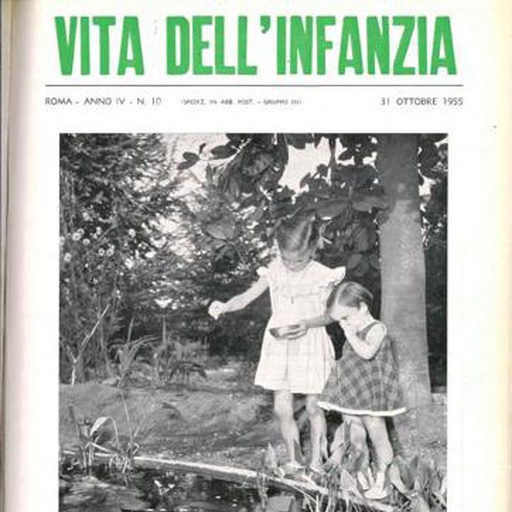
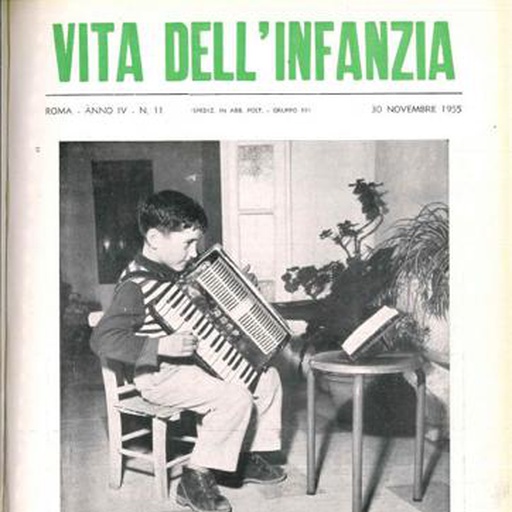
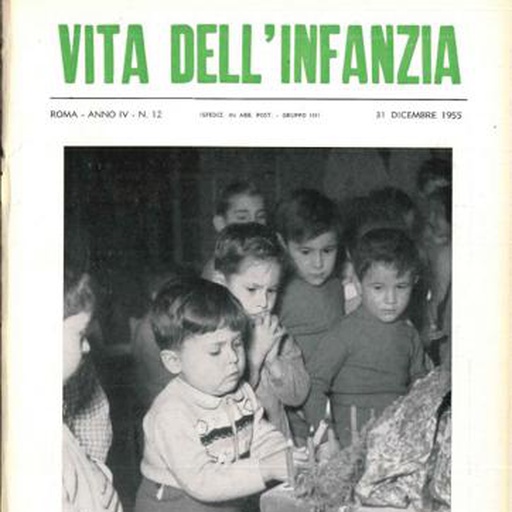
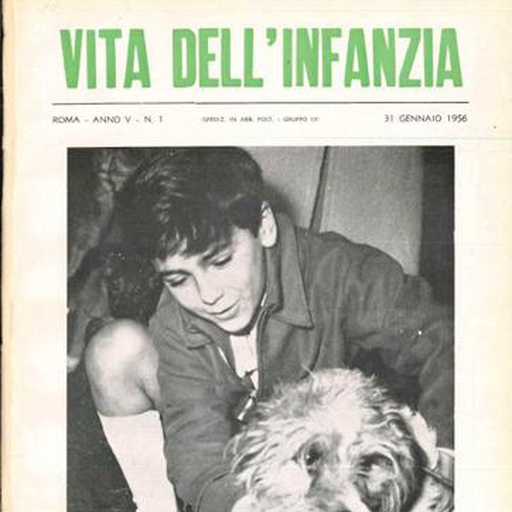
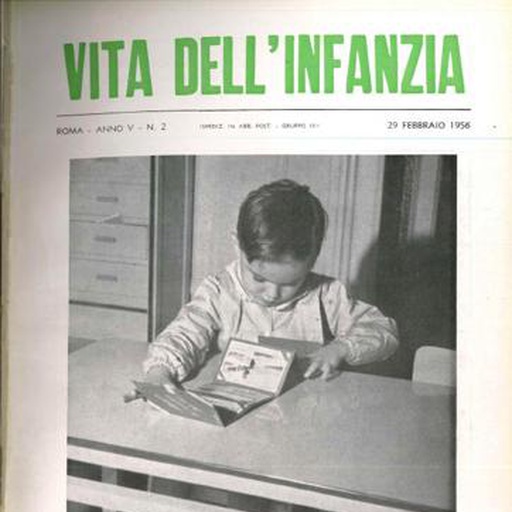
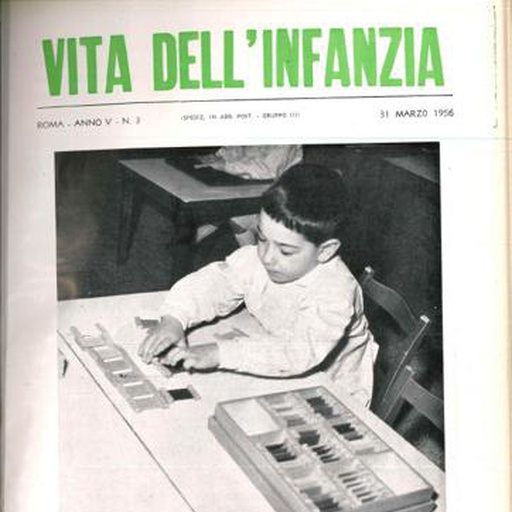
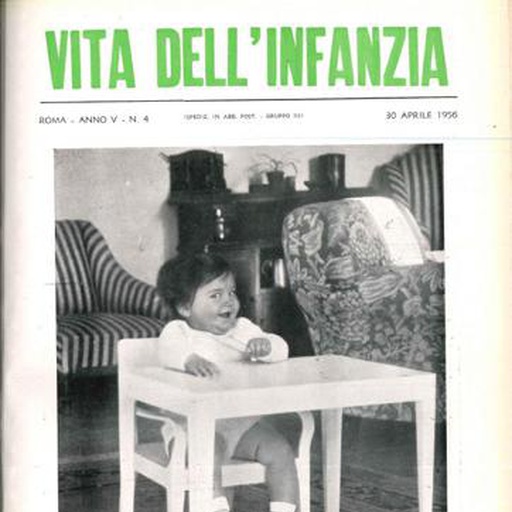
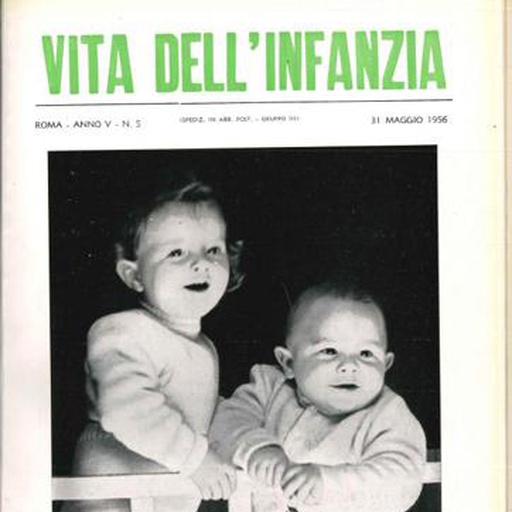
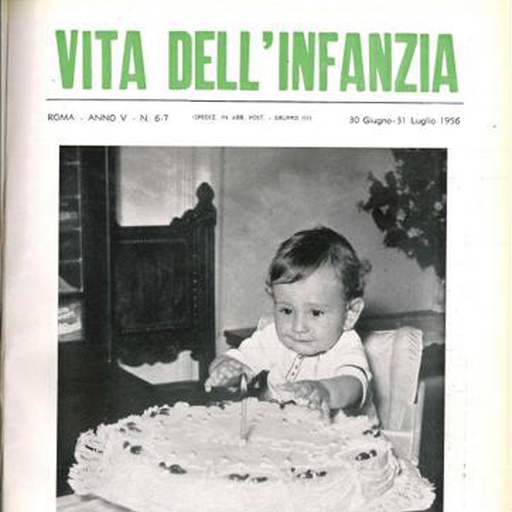
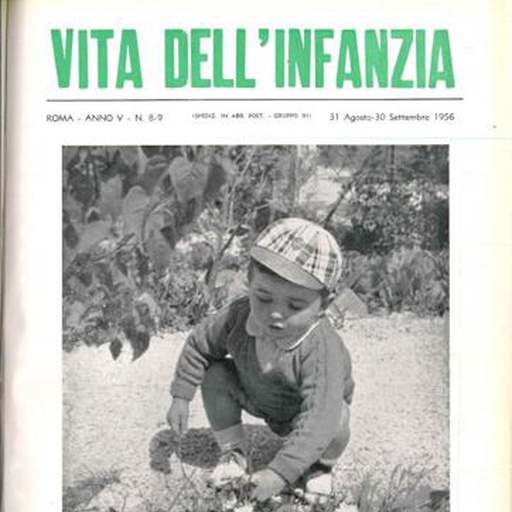
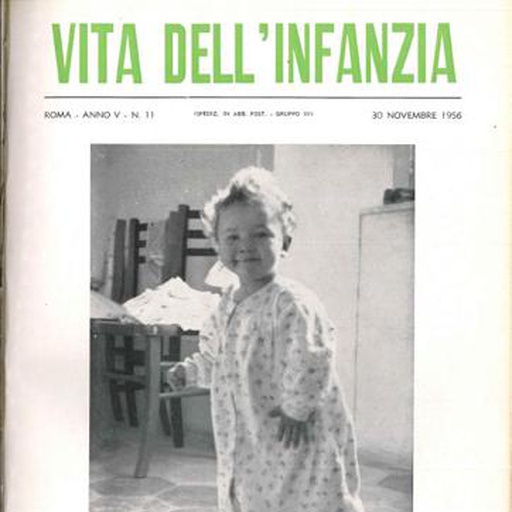
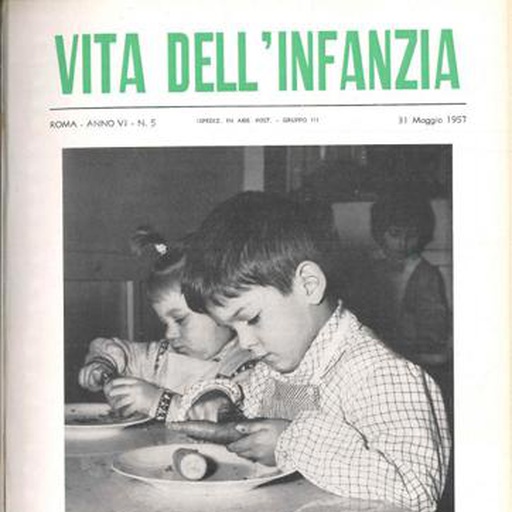
"The Erdkinder" - I fanciulli della Terra (Schema per una riforma della scuola media)
In: Vita dell'infanzia
a. VI, n.5, 31 maggio, 1957
1957
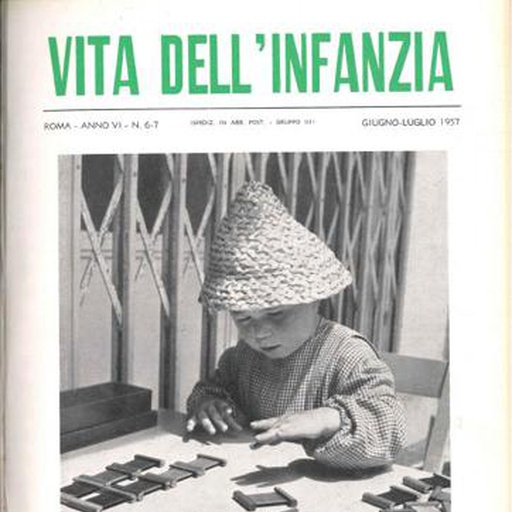
"The Erdkinder" - I fanciulli della Terra (Schema per una riforma della scuola media) II
In: Vita dell'infanzia
a. VI, n.6-7, giugno-luglio, 1957
1957
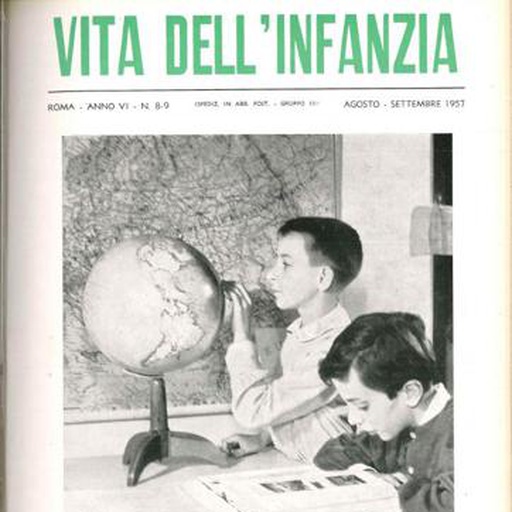
"The Erdkinder" - I fanciulli della Terra (Schema per una riforma della scuola media) III
In: Vita dell'infanzia
a. V, n. 8-9, agosto-settembre, 1957
1957
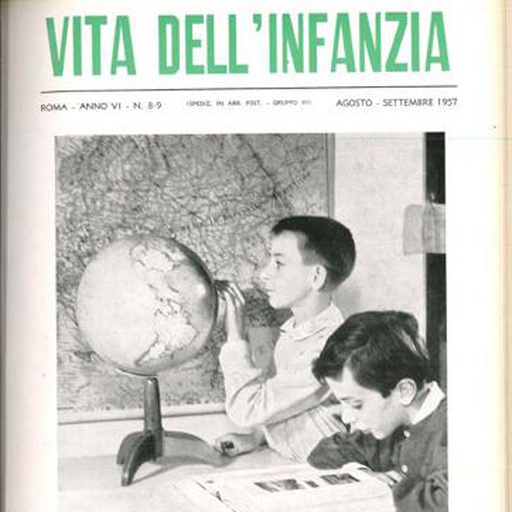
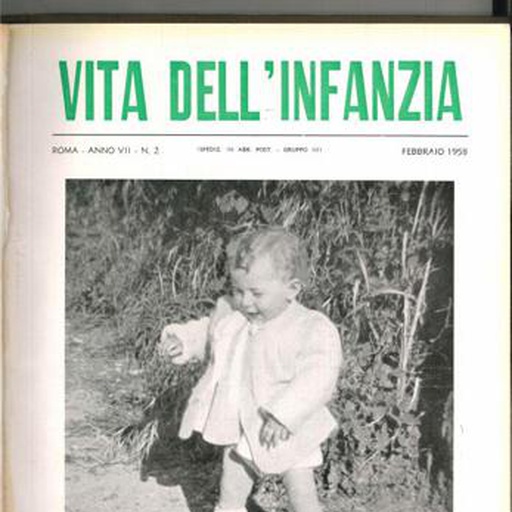
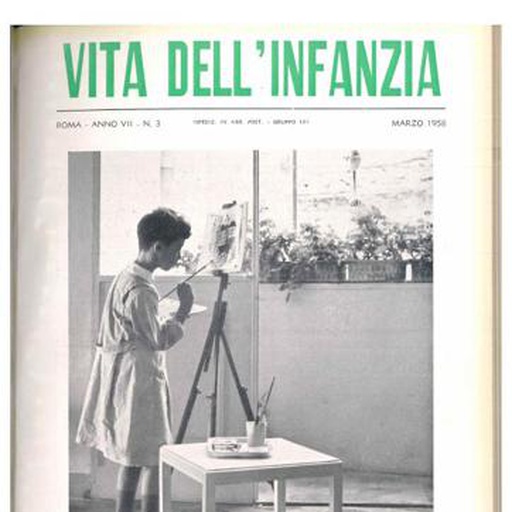
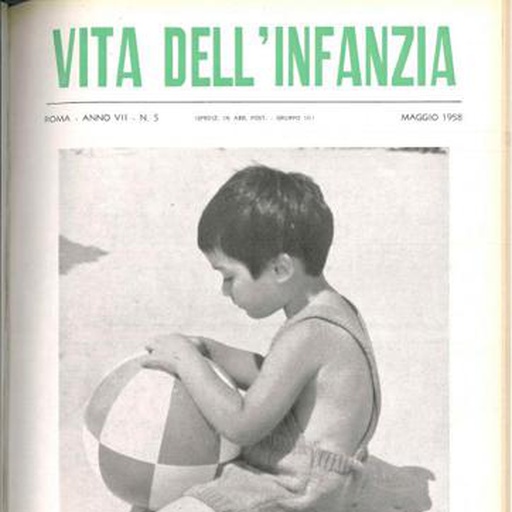
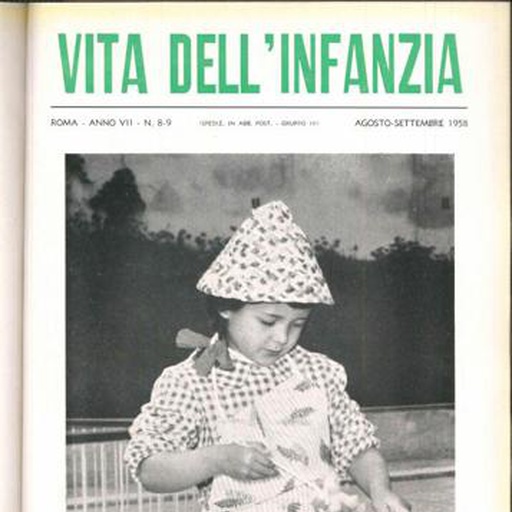
La morale sessuale nell'educazione
In: Vita dell'infanzia
a. VII, n.8-9, agosto-settembre, 1958
1958
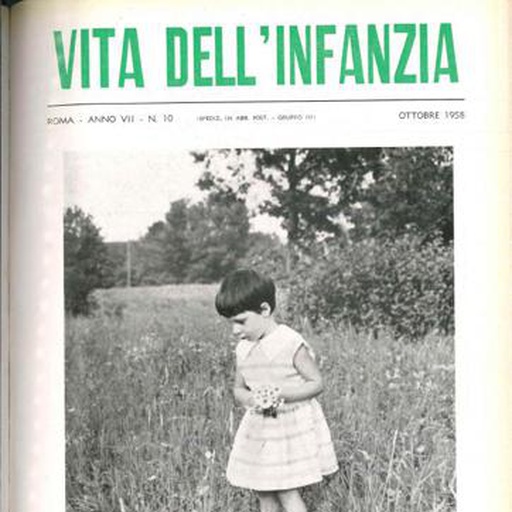
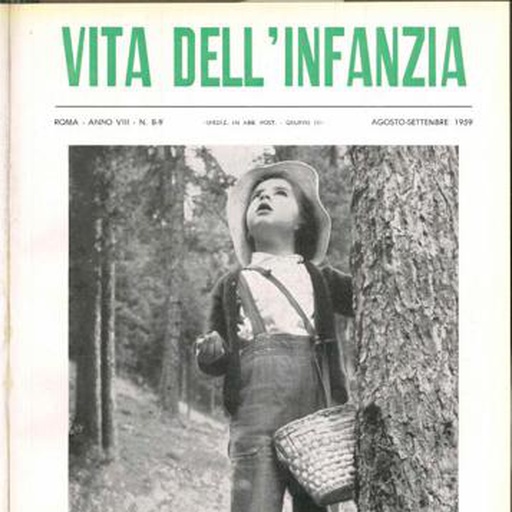
[San Francesco d'Assisi, il cui spirito...]
In: Vita dell'infanzia
a. VIII, n.8-9, agosto-settembre, 1959
1959
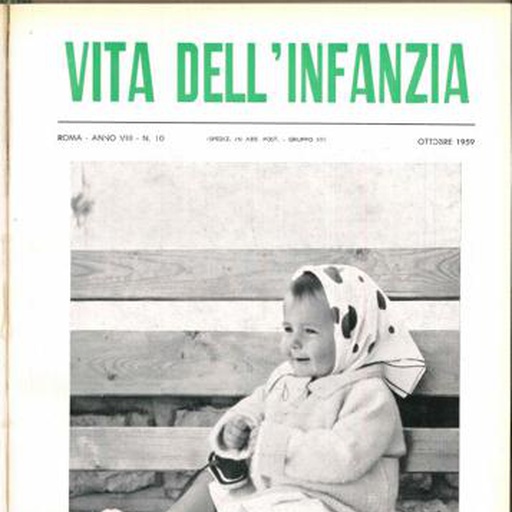
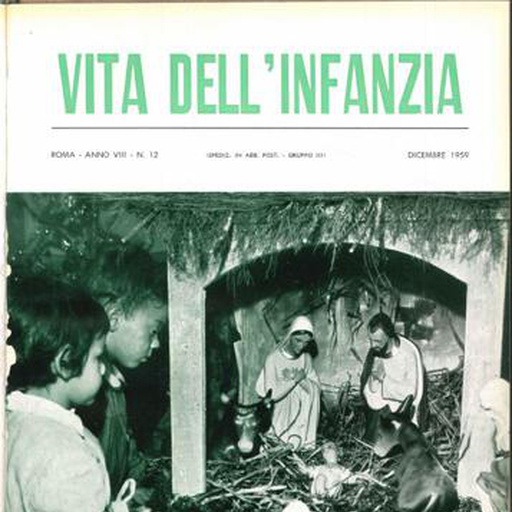
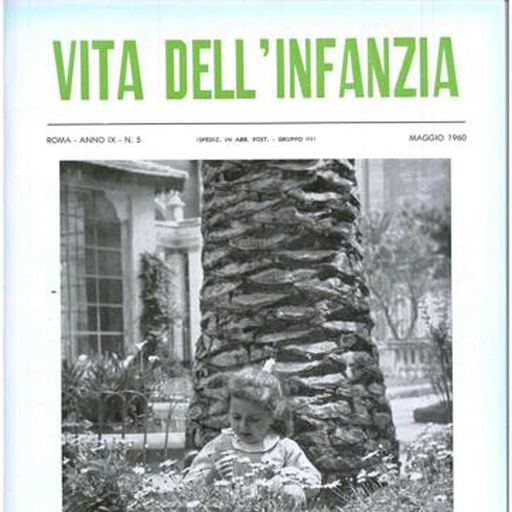
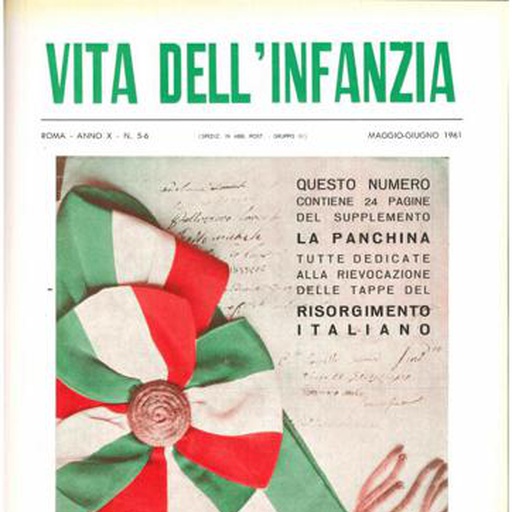

La solidarietà umana nel tempo e nello spazio
In: Vita dell'infanzia
a. X, n. 7-8, luglio-agosto, 1961
1961
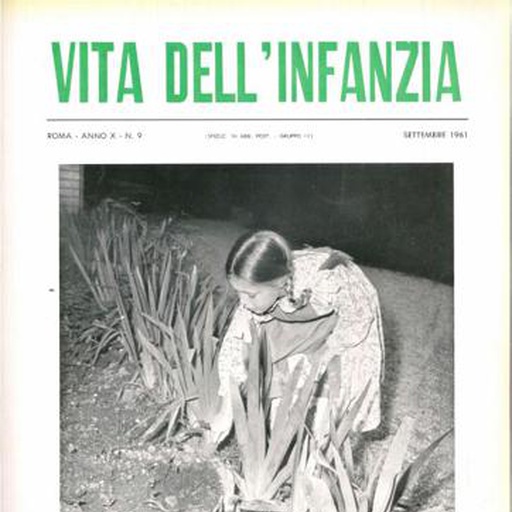
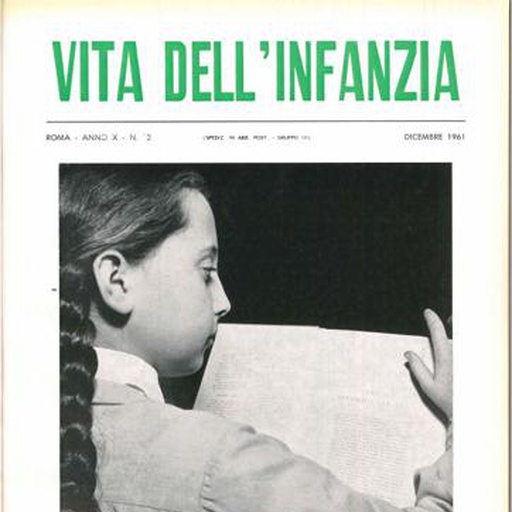
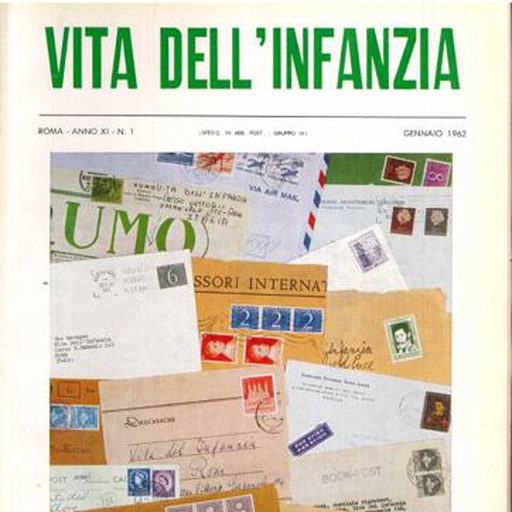
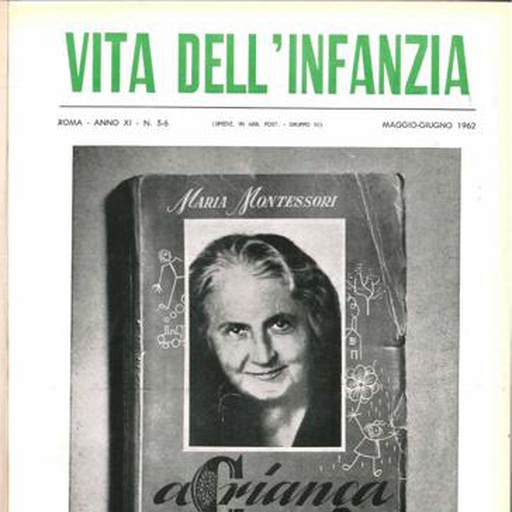
[La Casa dei Bambini sembra avere un'influenza...]
In: Vita dell'infanzia
[Nel decennale della scomparsa di Maria Montessori]
1962
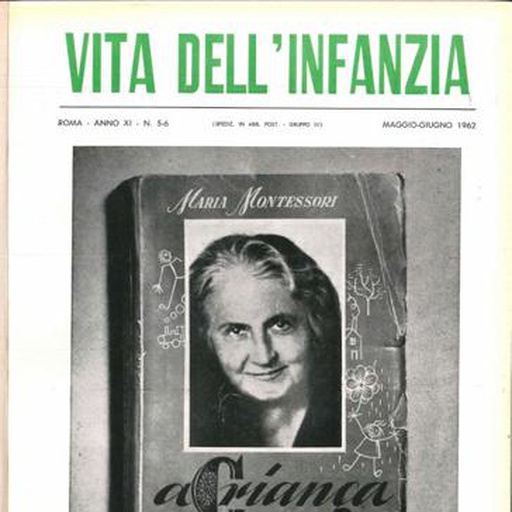
Trovai oro invece di grano
In: Vita dell'infanzia
[Nel decennale della scomparsa di Maria Montessori]
1962
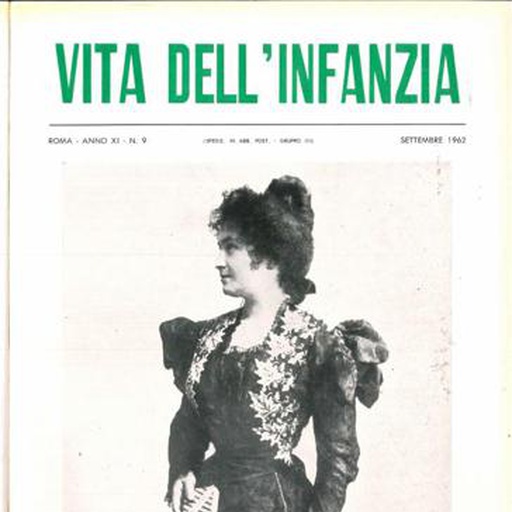
Un metodo per la classificazione dei deficienti
In: Vita dell'infanzia
a. XI, n. 9, settembre, 1962
1962
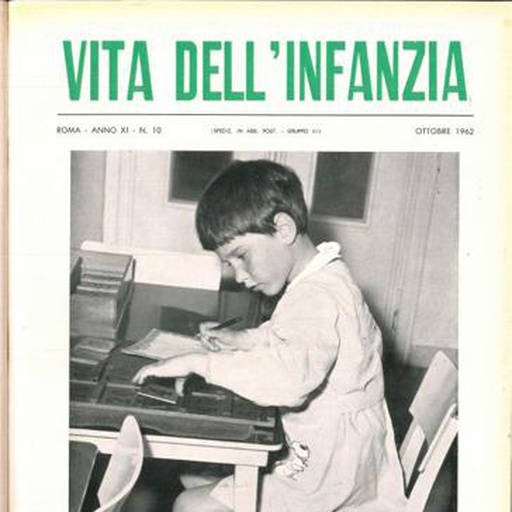
[La continuazione del mio metodo per l'educazione dei piccoli bambini...]
In: Vita dell'infanzia
a. XI, n. 10, ottobre, 1962
1962
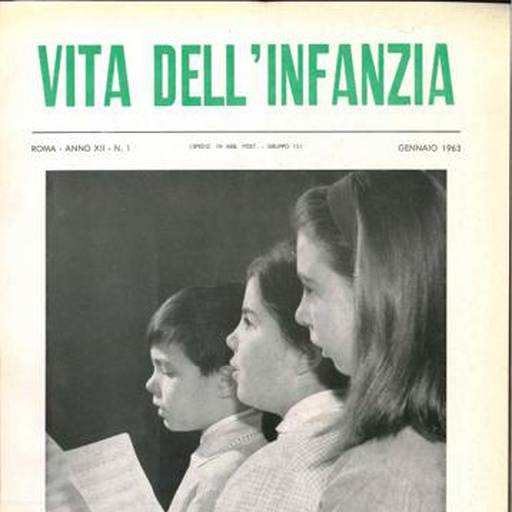
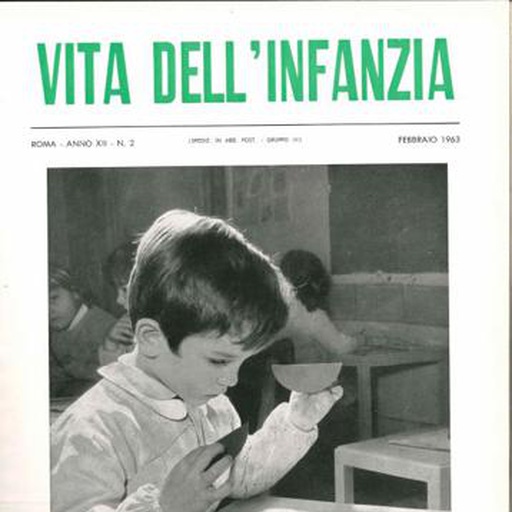
[I risultati dell'istruzione a cui si giunge...]
In: Vita dell'infanzia
a. XII, n. 2, febbraio, 1963
1963
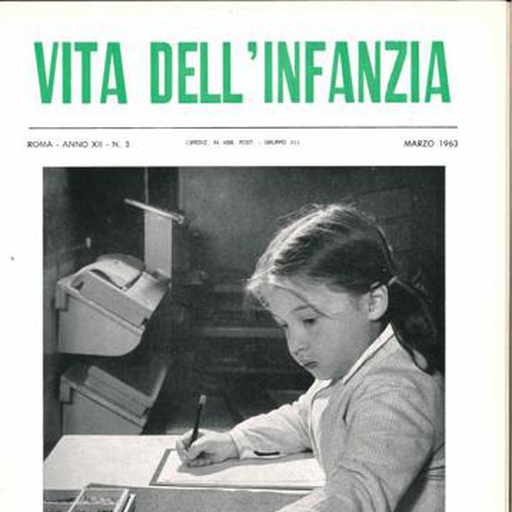
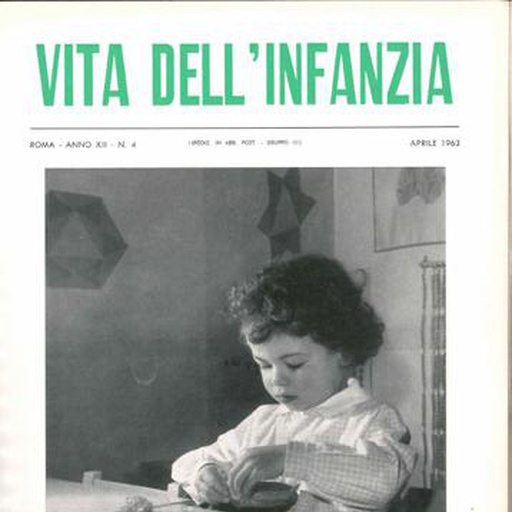
La Scuola Media come esperienza di vita sociale
In: Vita dell'infanzia
a. XII, n. 4, aprile, 1963
1963
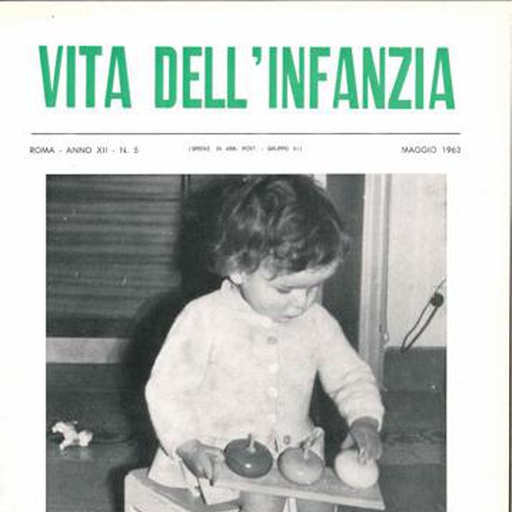
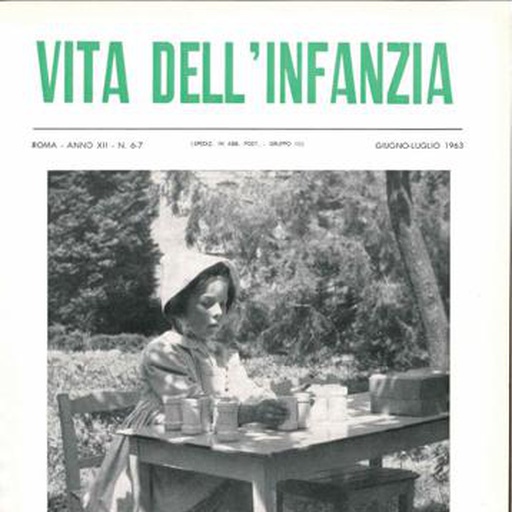
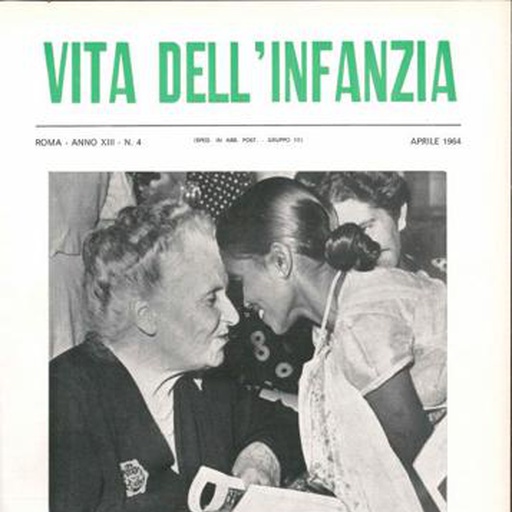
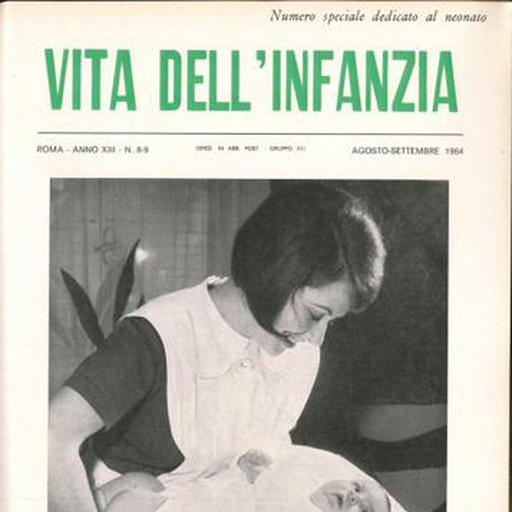
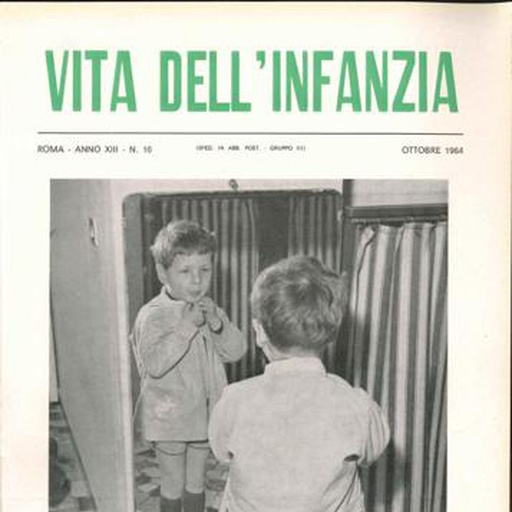
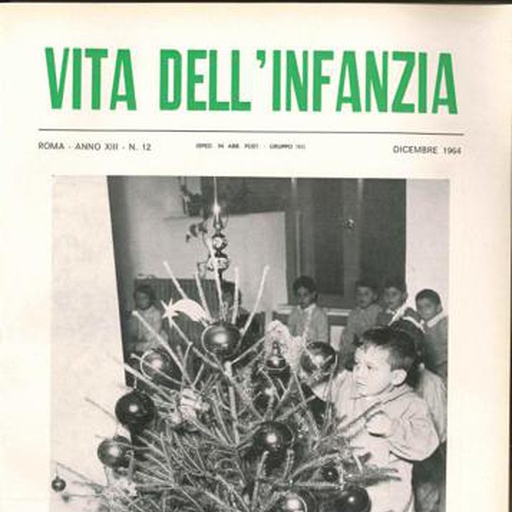
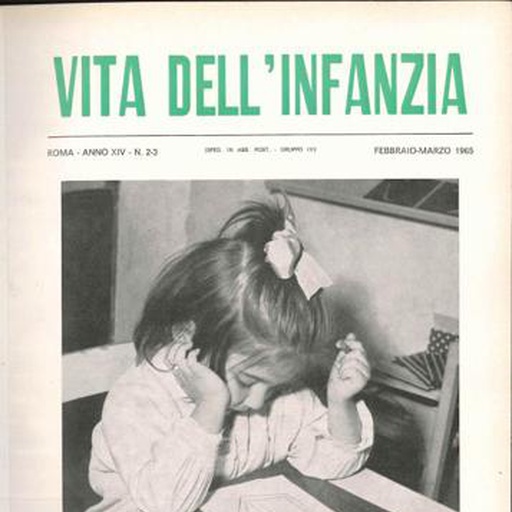
La morale sessuale nell'educazione
In: Vita dell'infanzia
a. XIV, n. 2-3, febbraio-marzo, 1965
1965
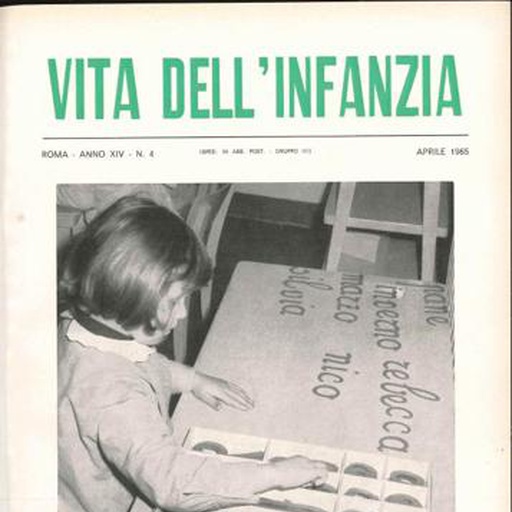
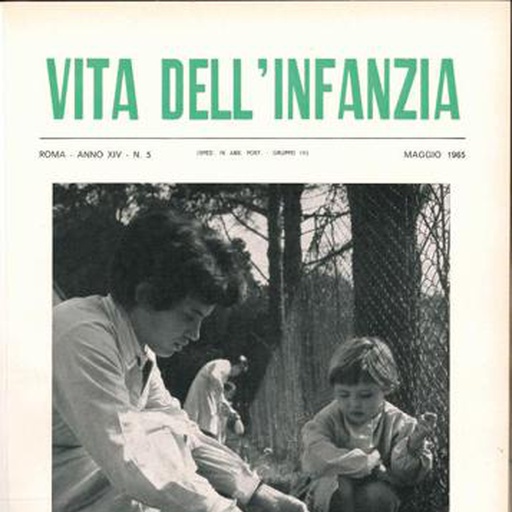
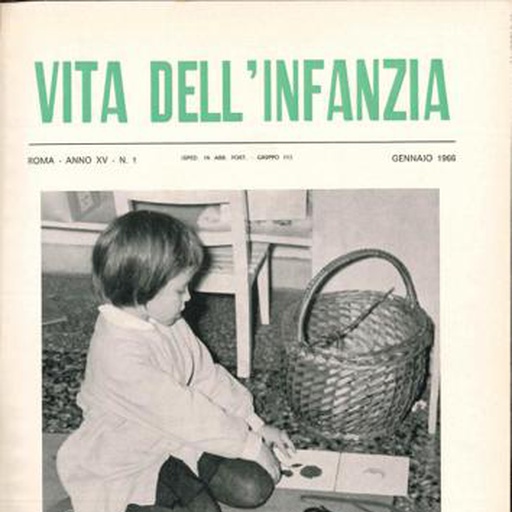
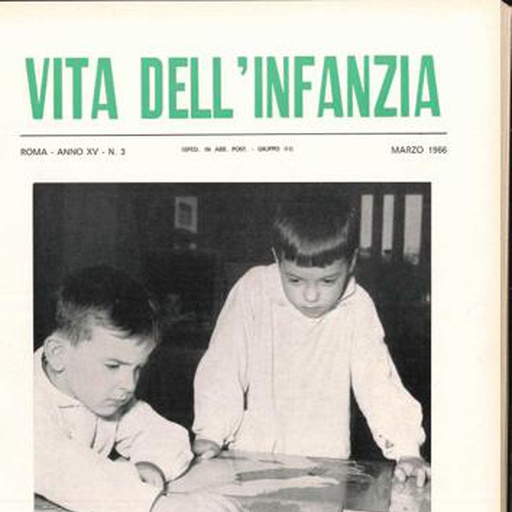
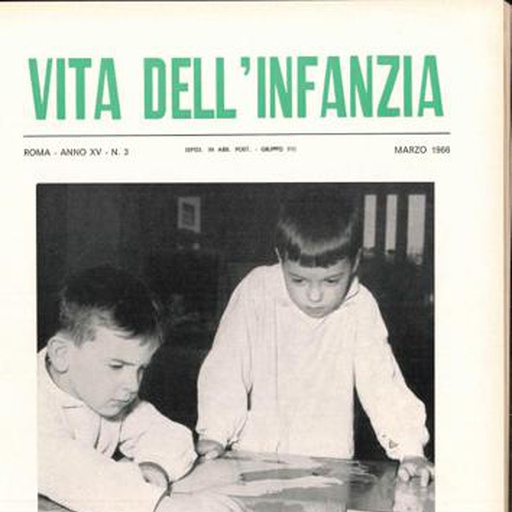
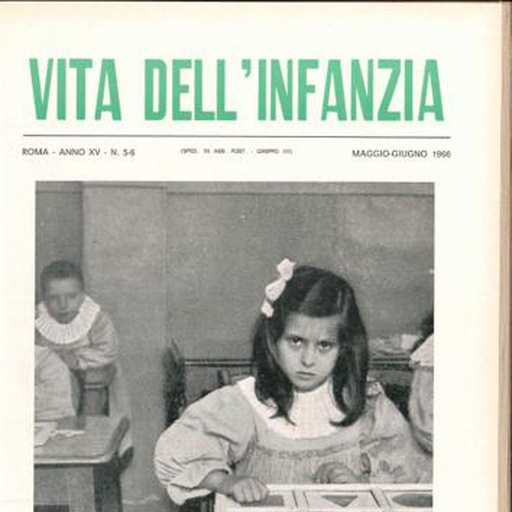
La Casa dei Bambini: una vera scuola di educazione
In: Vita dell'infanzia
a. XV, n. 5-6, maggio-giugno, 1966
1966
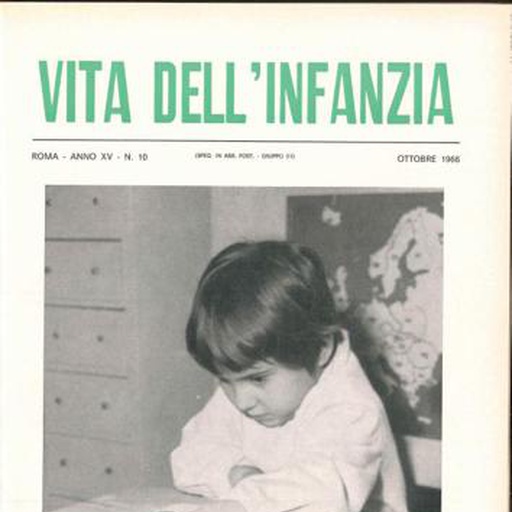
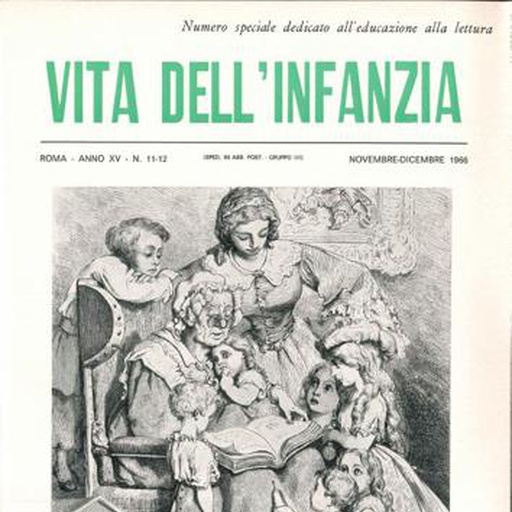
Principi fondamentali sulla lettura. Nella scuola elementare
In: Vita dell'infanzia
Numero speciale dedicato all'educazione alla lettura
1966

La solidarietà umana nel tempo e nello spazio
In: Vita dell'infanzia
a. XVI, n.1, gennaio, 1967
1967
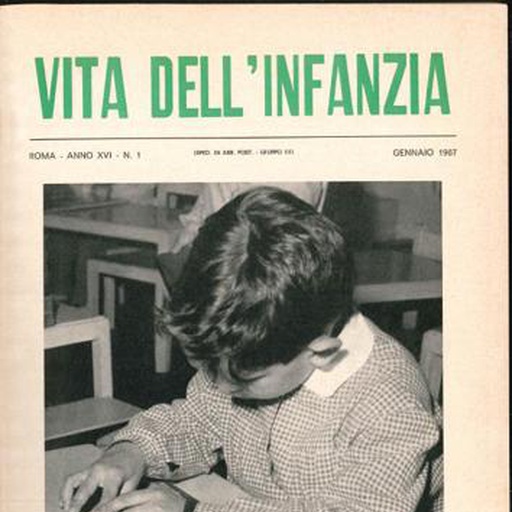
L'uso del materiale e l'intervento della maestra
In: Vita dell'infanzia
a. XVI, n.1, gennaio, 1967
1967
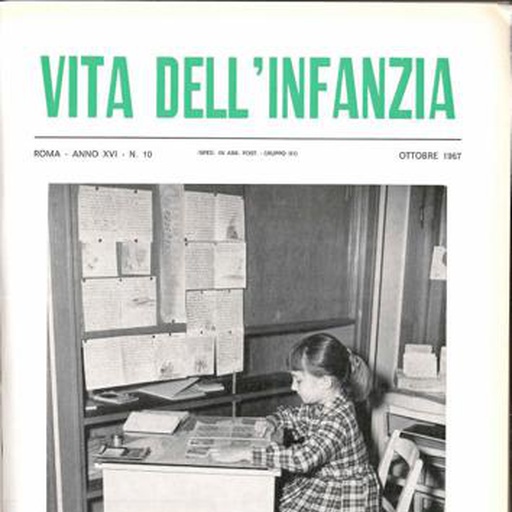
Il compito dell'educazione e la società
In: Vita dell'infanzia
a. XVI, n.10, ottobre, 1967
1967
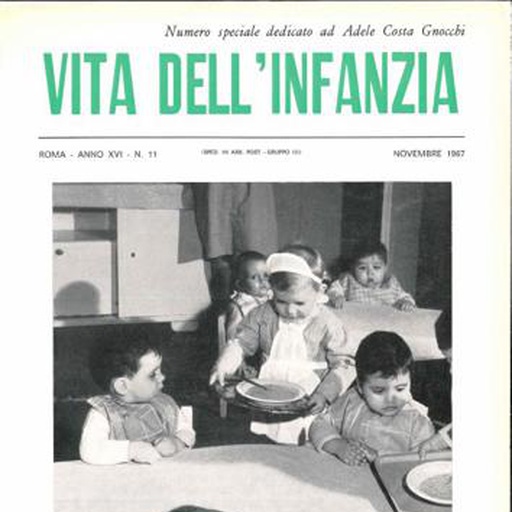
L'adolescenza è una nuova nascita
In: Vita dell'infanzia
Numero speciale dedicato ad Adele Costa Gnocchi
1967
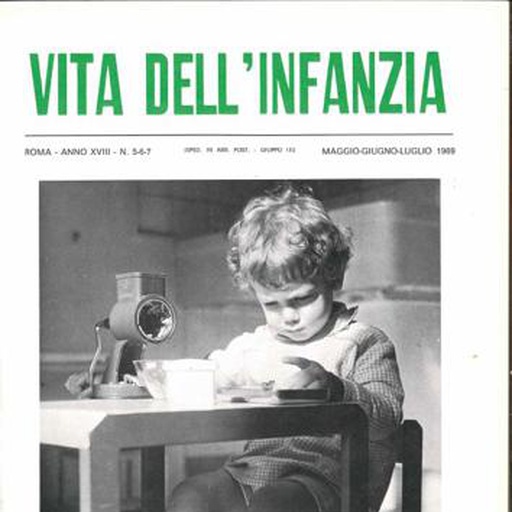
La funzione dell'università
In: Vita dell'infanzia
a. XVIII, n.5-6-7, maggio-giugno-luglio, 1969
1969
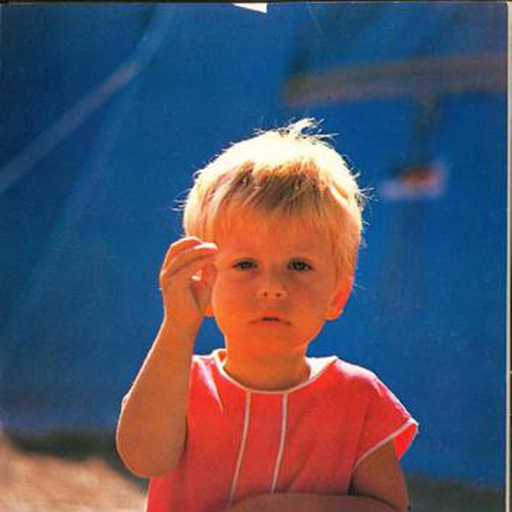
L'uso del materiale e l'intervento della maestra
In: Vita dell'infanzia
a.XIX, n.9 (n.s.12), settembre, 1970
1970
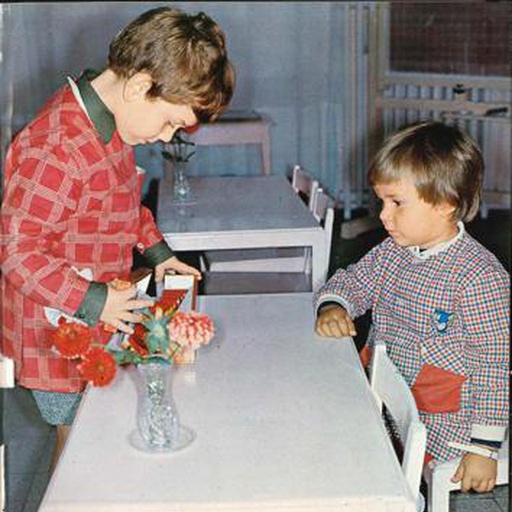
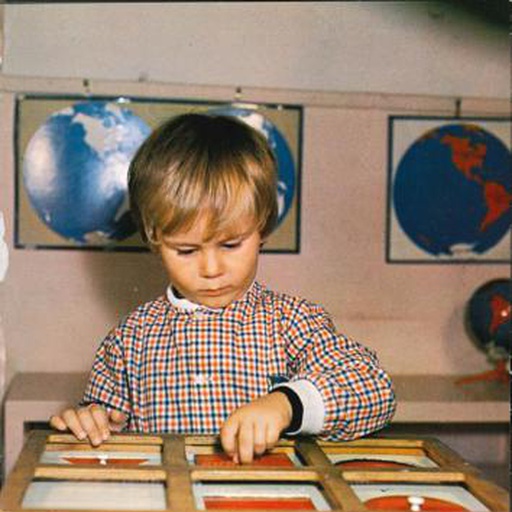
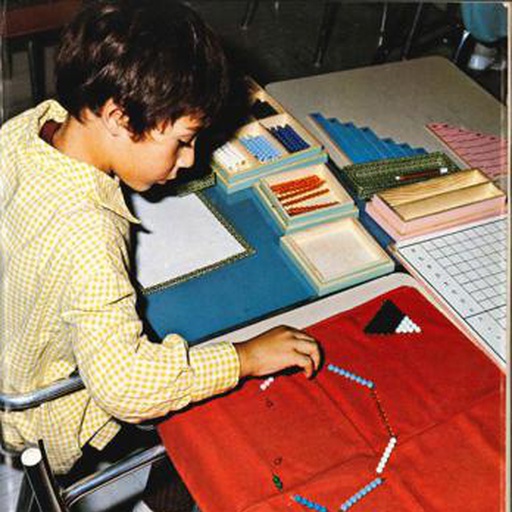
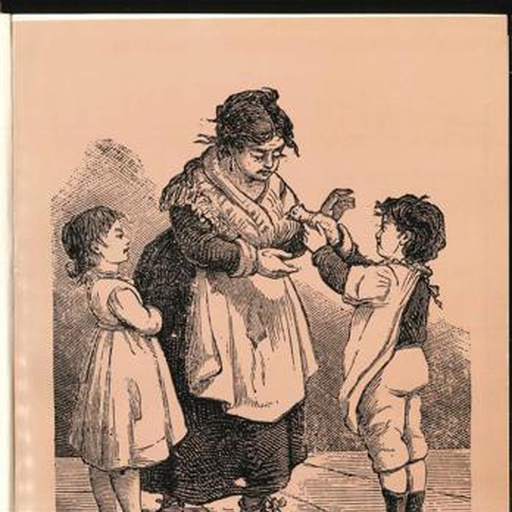
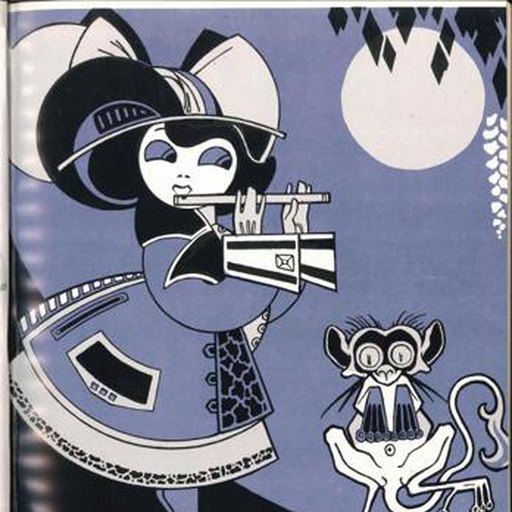
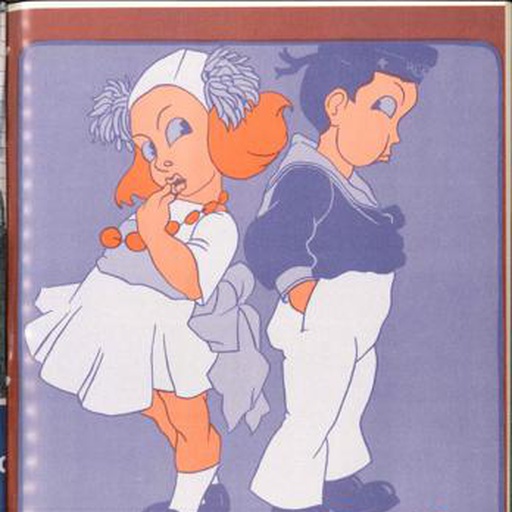
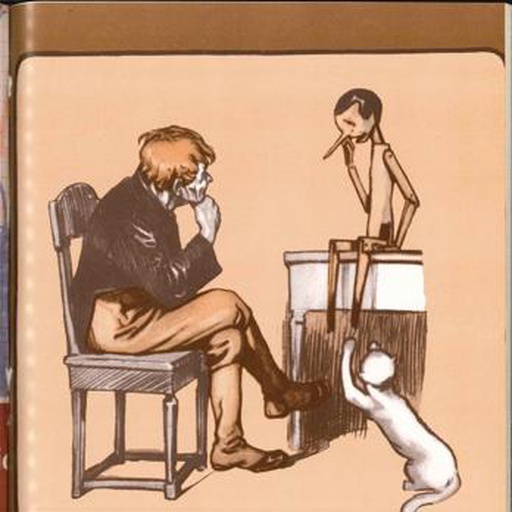
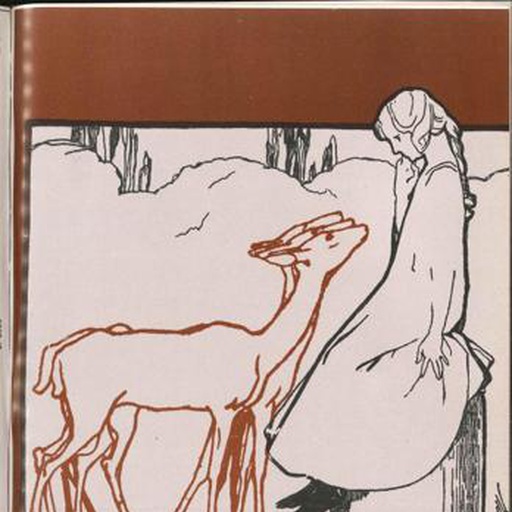
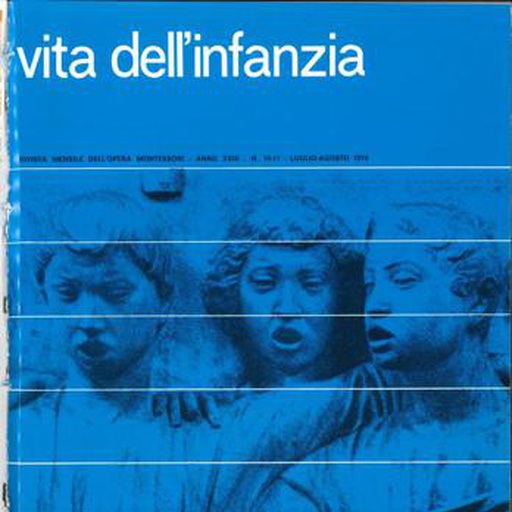
Analisi e sviluppo dei fattori che concorrono all'educazione musicale
In: Vita dell'infanzia
L'educazione musicale
1974
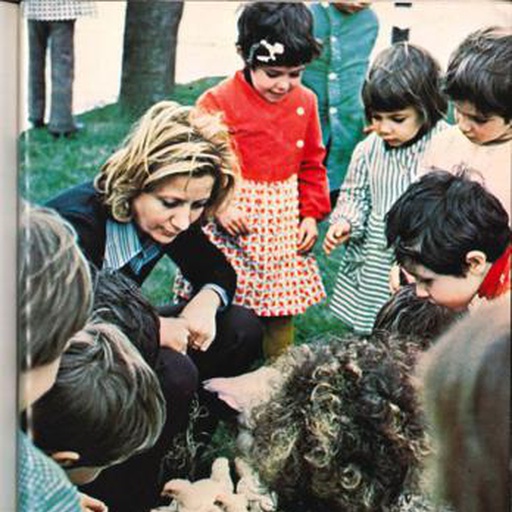
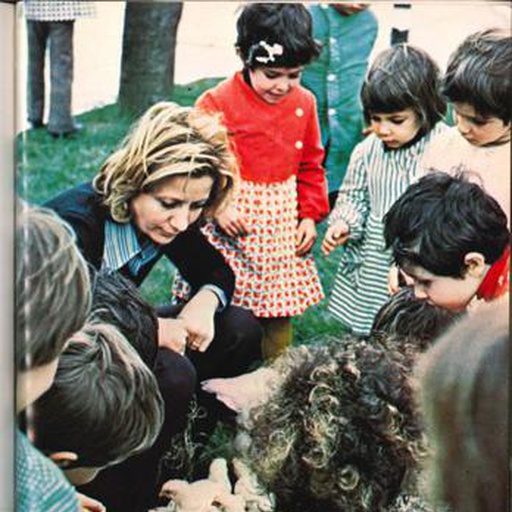
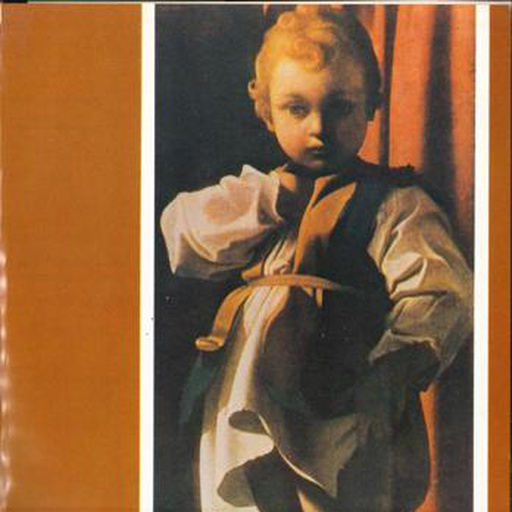
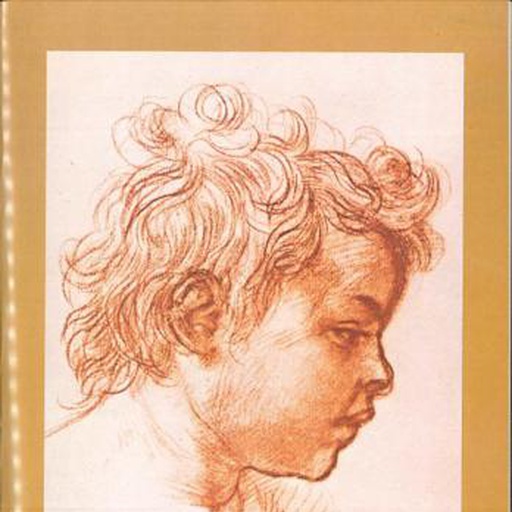
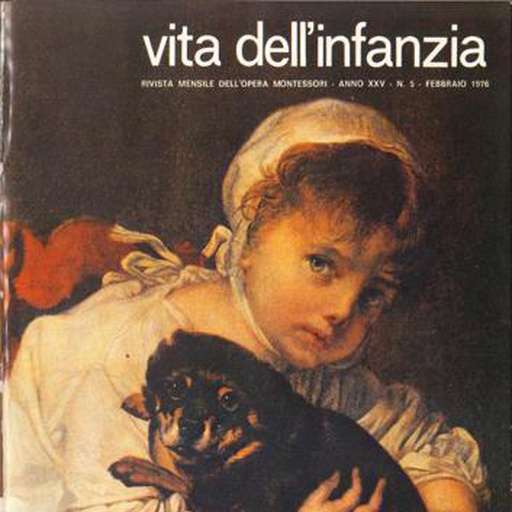
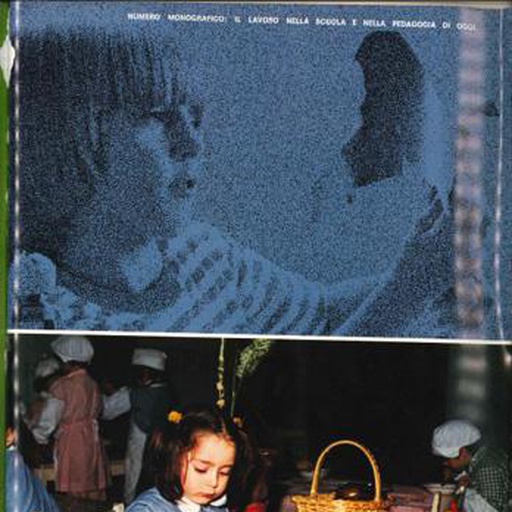
Il lavoro del bambino
In: Vita dell'infanzia
Il lavoro nella scuola e nella pedagogia di oggi
1977
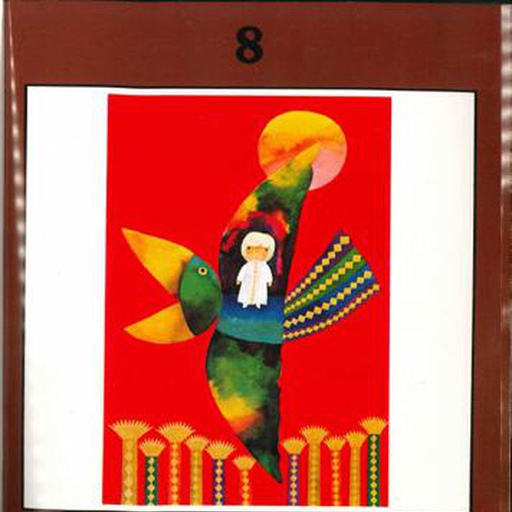
La formazione dell'uomo nella ricostruzione mondiale
In: Vita dell'infanzia
a. XXVI, n. 8, maggio, 1979
1979
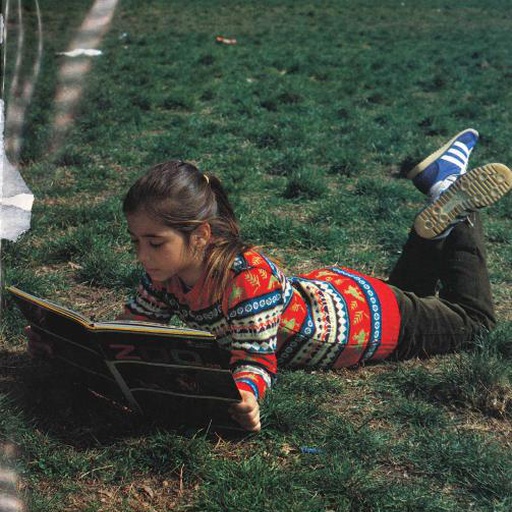
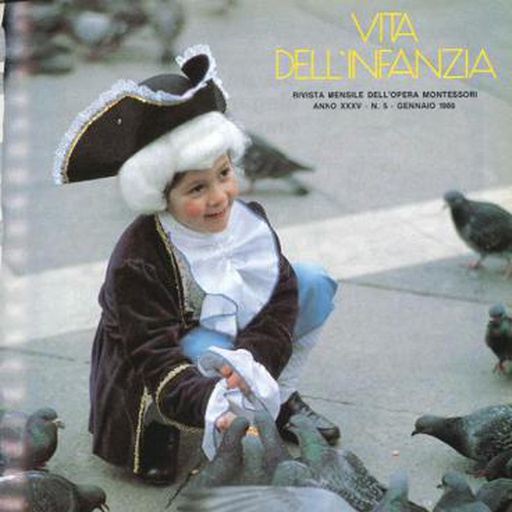
La questione femminile e il Congresso di Londra
In: Vita dell'infanzia
a. XXXV, n.5, gennaio, 1986
1986
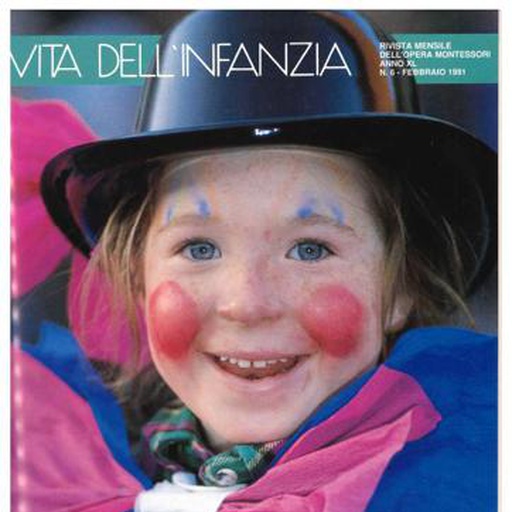
La formazione dell'uomo nella ricostruzione mondiale
In: Vita dell'infanzia
a. XL, n.6, febbraio, 1991
1991
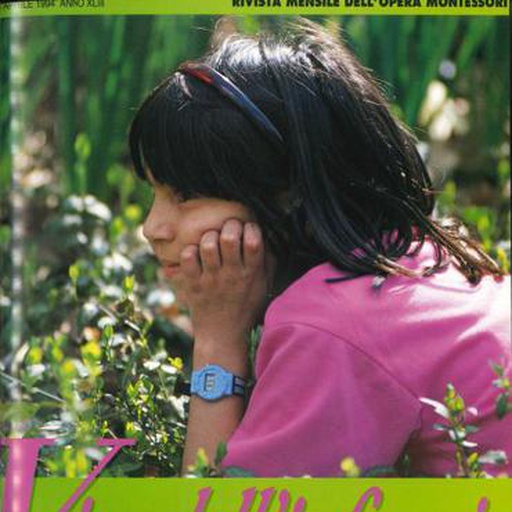
Antologia Montessori: le rivelazioni dei bambini
In: Vita dell'infanzia
a. XLIII, n.4, aprile, 1994
1994
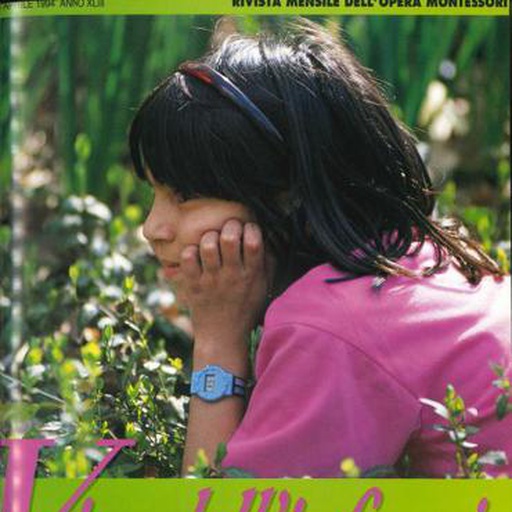
Antologia Montessori: la disciplina dei bambini
In: Vita dell'infanzia
a. XLIII, n.4, aprile, 1994
1994
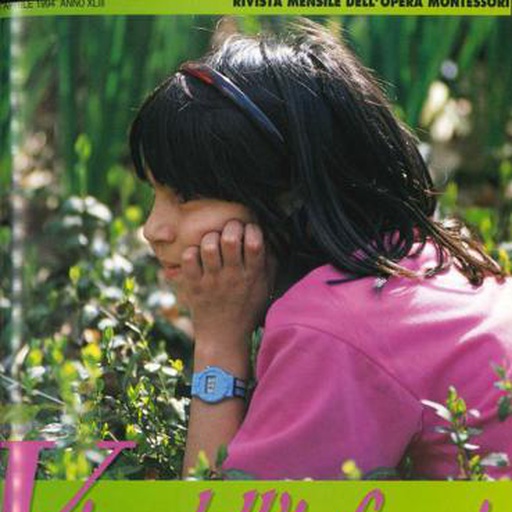
Antologia Montessori: il bambino maestro
In: Vita dell'infanzia
a. XLIII, n.4, aprile, 1994
1994
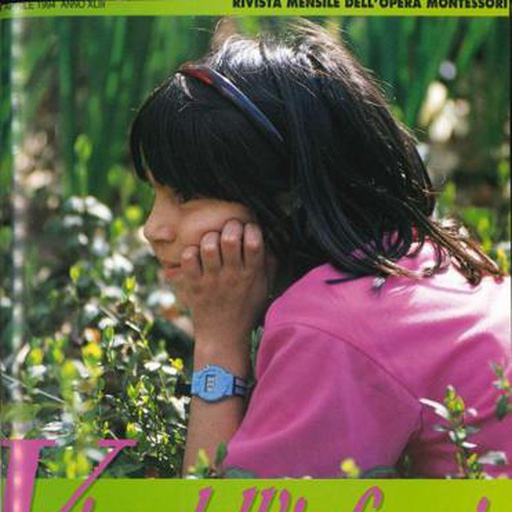
Antologia Montessori: i pregiudizi sui bambini
In: Vita dell'infanzia
a. XLIII, n.4, aprile, 1994
1994
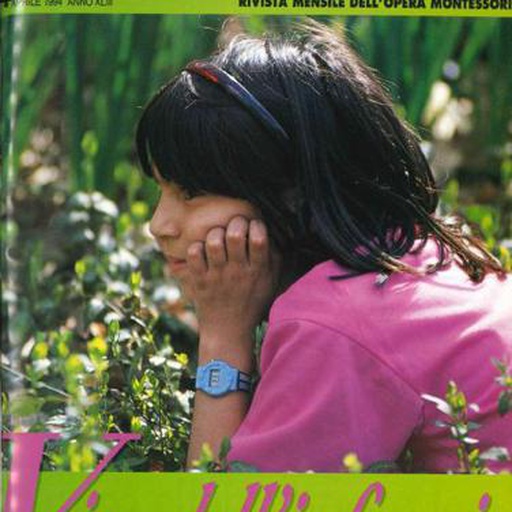
Antologia Montessori: altri pregiudizi sui bambini
In: Vita dell'infanzia
a. XLIII, n.4, aprile, 1994
1994
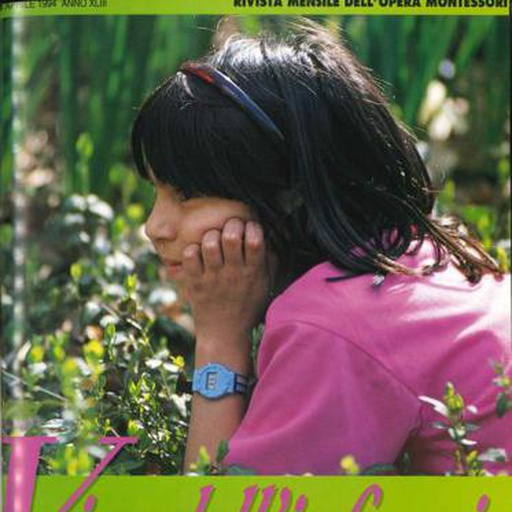
Antologia Montessori: l'educazione dilatatrice
In: Vita dell'infanzia
a. XLIII, n.4, aprile, 1994
1994
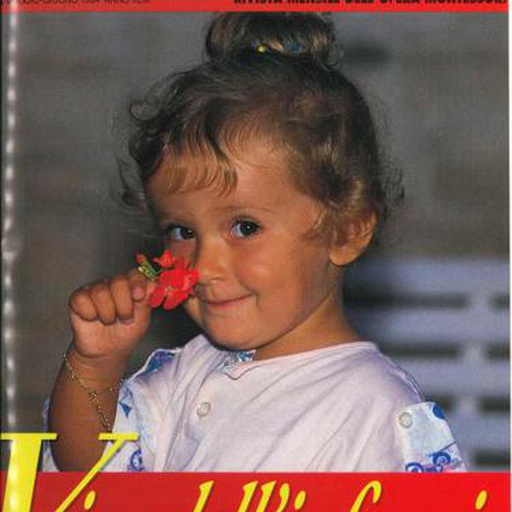
Antologia Montessori: il bambino crea l'uomo
In: Vita dell'infanzia
a. XLIII, n.5, maggio-giugno, 1994
1994
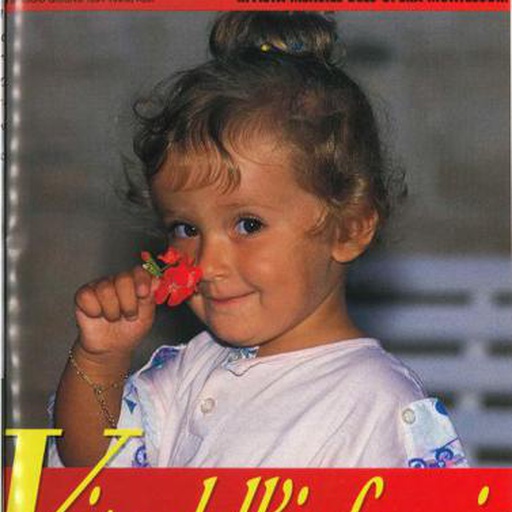
Antologia Montessori: educare dalla nascita
In: Vita dell'infanzia
a. XLIII, n.5, maggio-giugno, 1994
1994
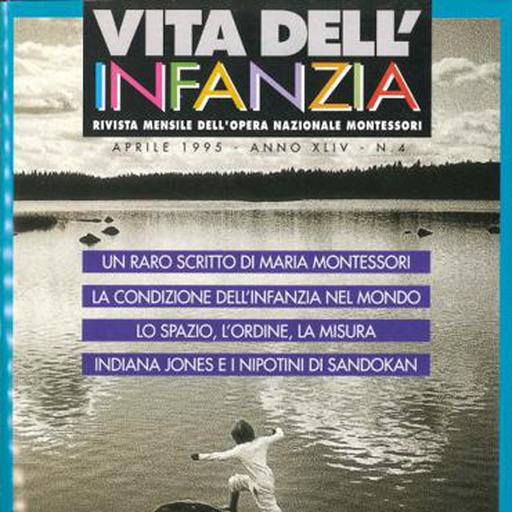
Miniserie sociali e nuovi ritrovati della scienza (1898)
In: Vita dell'infanzia
a. XLIV, n.4, aprile, 1995
1995
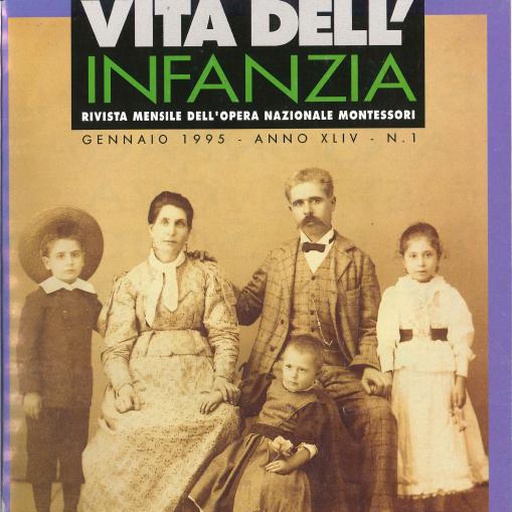
La Casa dei Bambini: una scuola che guarisce
In: Vita dell'infanzia
a. XLIV, n.1, gennaio, 1995
1995
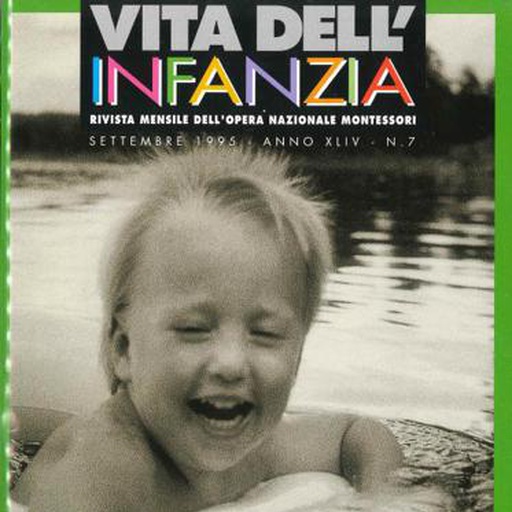
Che danno viene al mondo se il bambino sceglie lui?
In: Vita dell'infanzia
a. XLIV, n.7, settembre, 1995
1995
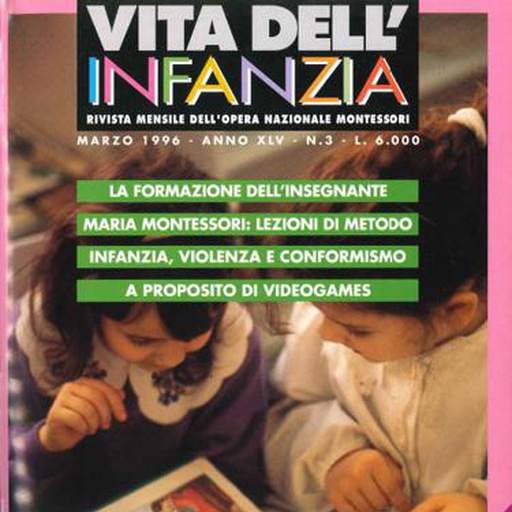
Della formazione e preparazione dell'insegnante
In: Vita dell'infanzia
a. XLV, n.3, marzo, 1996
1996

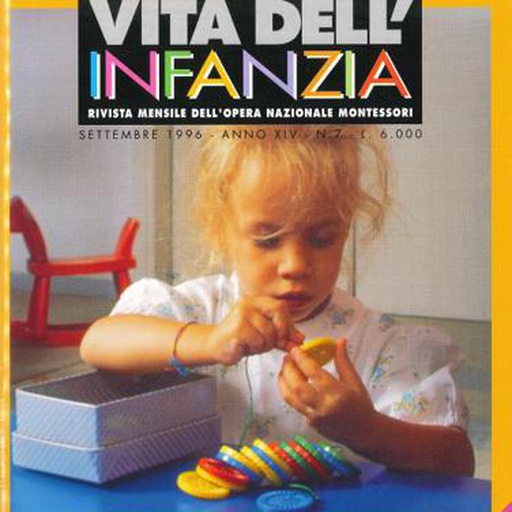
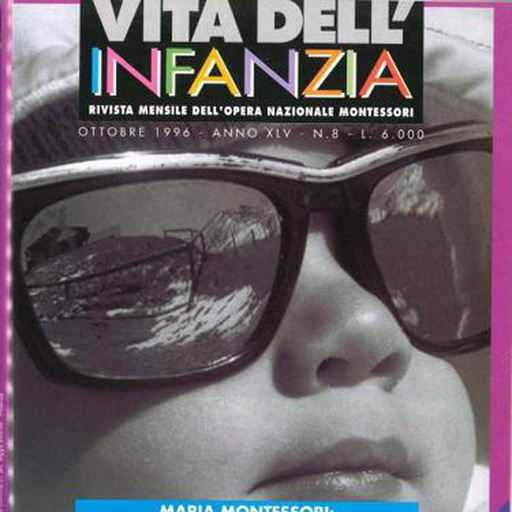
Maria Montessori: lettera a un montessoriano. 1947: un documento rivelatore delle speranze di Maria Montessori affidate all'Opera Montessori e a tutti i montessoriani
In: Vita dell'infanzia
a. XLV, n.8, ottobre, 1996
1996
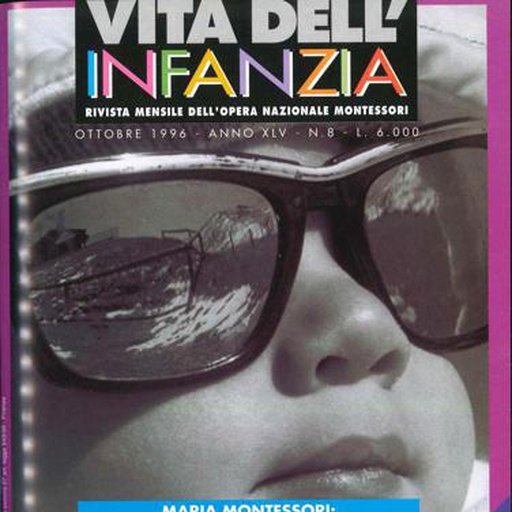
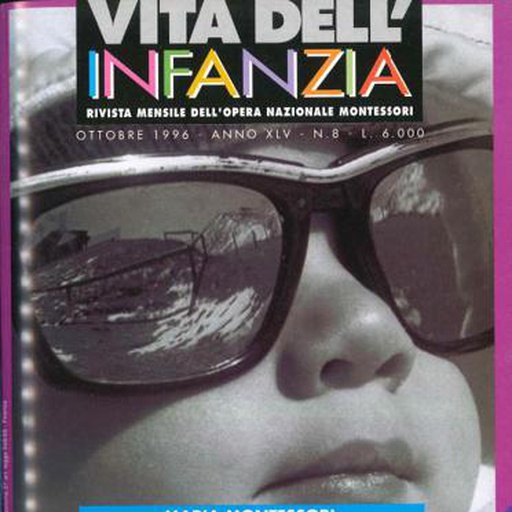
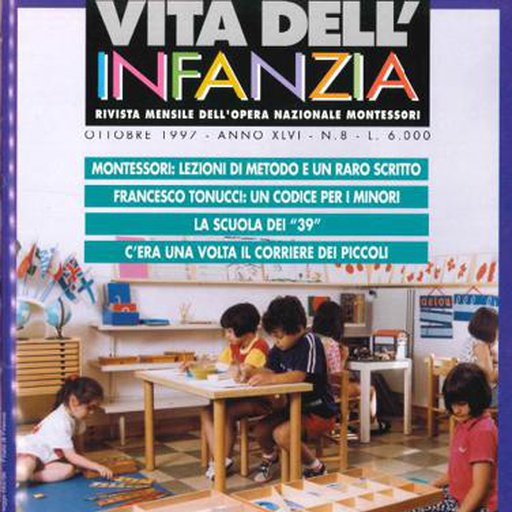
L'Antropologia Pedagogica. Una conferenza dimenticata del 1903
In: Vita dell'infanzia
a. XLVI, n.8, ottobre, 1997
1997
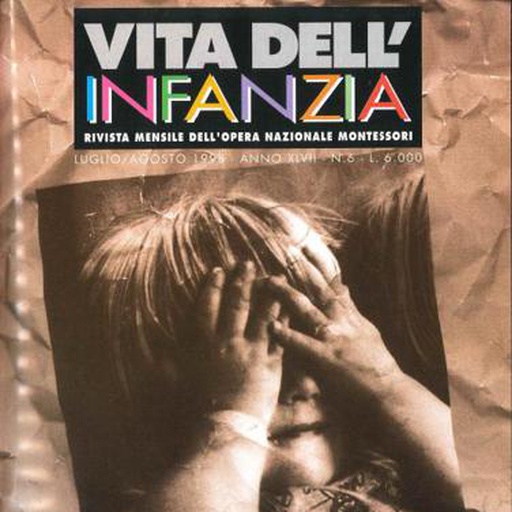
La mia via verso l'handicap
In: Vita dell'infanzia
Un bambino ritrovato. Maria Montessori e la nuova cultura dell'handicap
1998
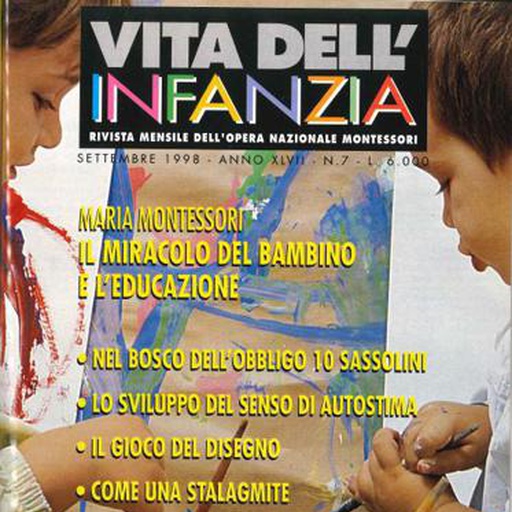
Il miracolo del bambino e l'educazione
In: Vita dell'infanzia
a. XLVII, n.7, settembre, 1998
1998
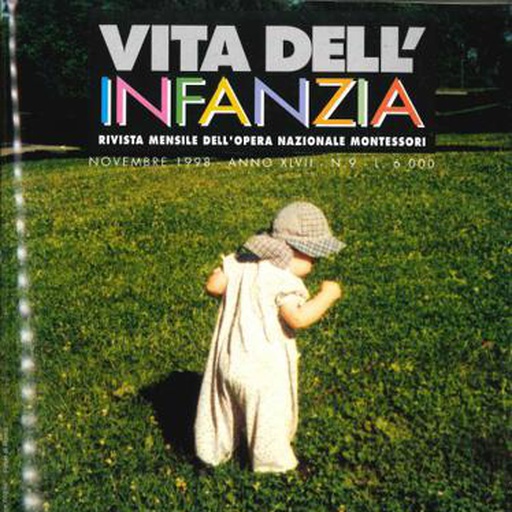
Maria Montessori: "Interrogateci, vi risponderemo"
In: Vita dell'infanzia
a. XLVII, n.9, novembre, 1998
1998
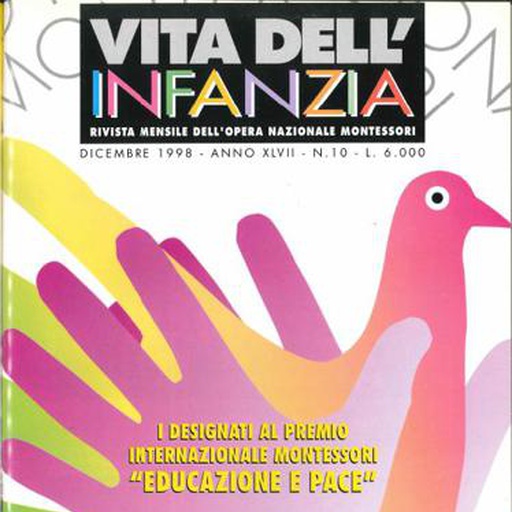
Batteri, insetti, bambini: la mia psicologia sperimentale. Maria Montessori lezione di metodo
In: Vita dell'infanzia
a. XLVII, n.10, dicembre, 1998
1998
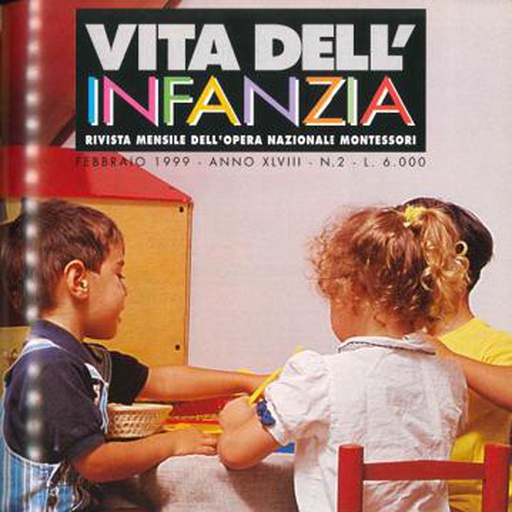
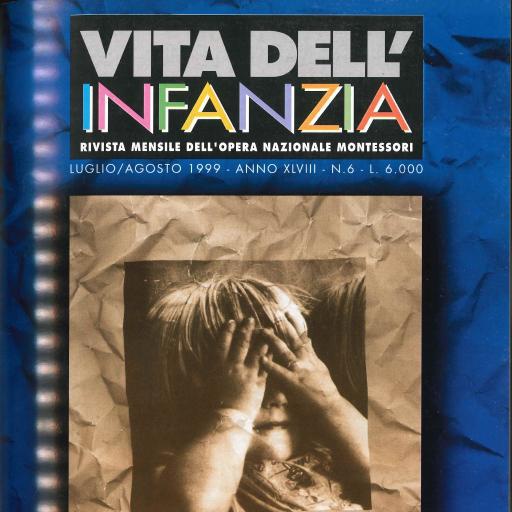
Una educazione comune e diversa per il bambino normale e il bambino handicappato
In: Vita dell'infanzia
Un bambino ritrovato. Maria Montessori e la nuova cultura dell'handicap (seconda parte)
1999
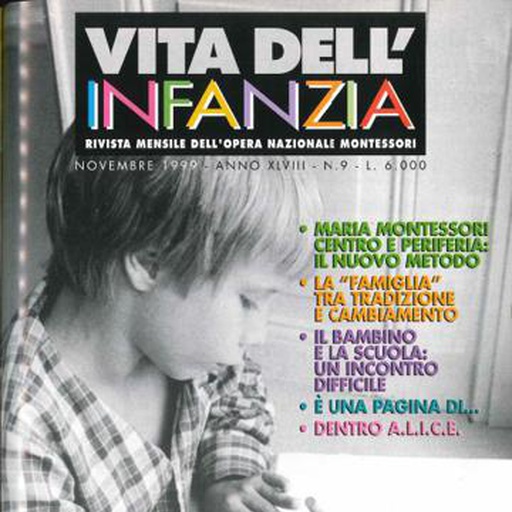
Centro e periferia: il nuovo metodo di educazione
In: Vita dell'infanzia
a. XLVIII, n.9, novembre, 1999
1999
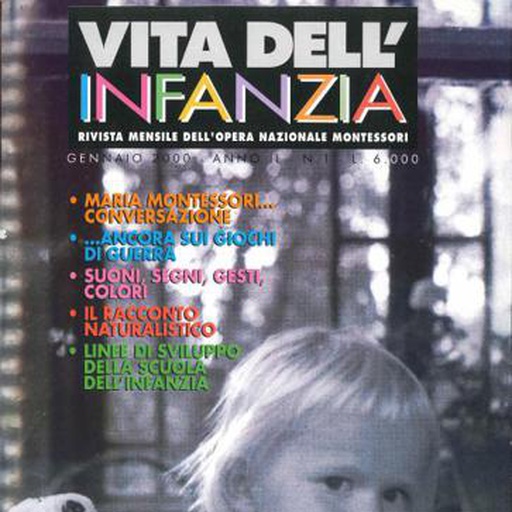
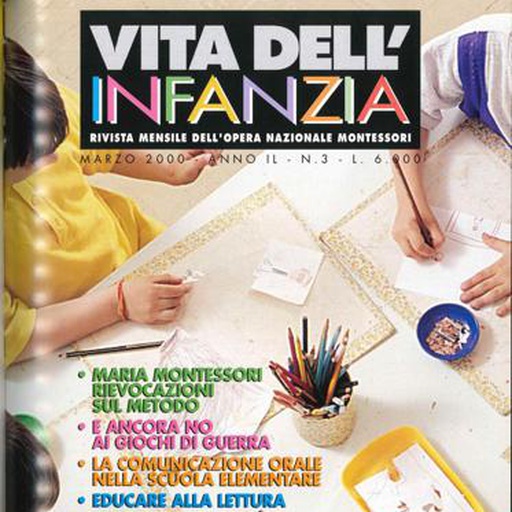
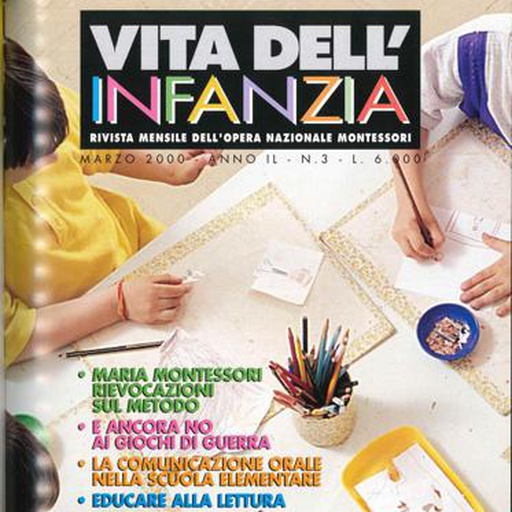
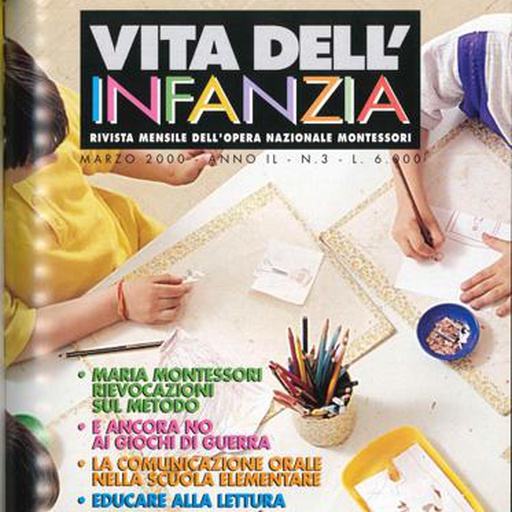
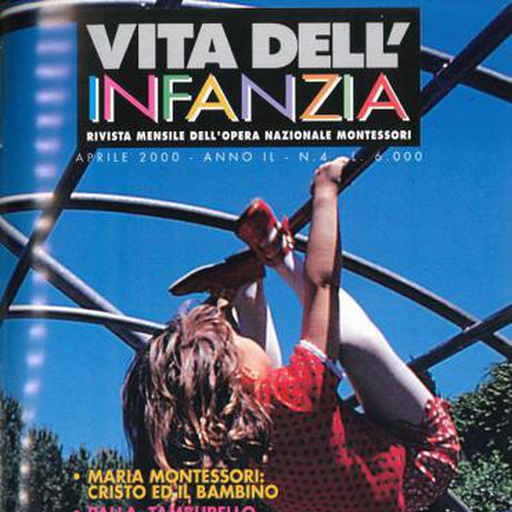
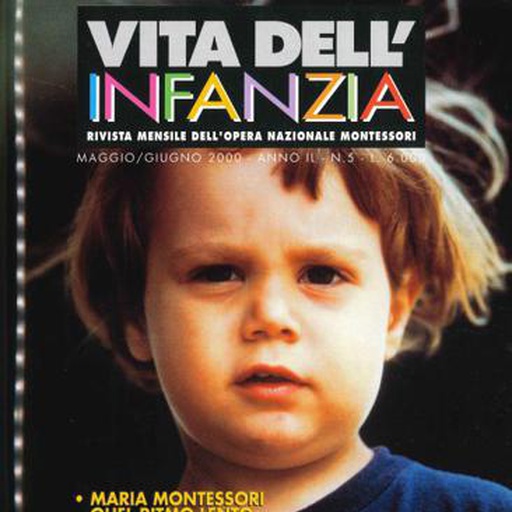
Educare all'intelligenza musicale
In: Vita dell'infanzia
a. XLIX, n.5, maggio/giugno, 2000
2000
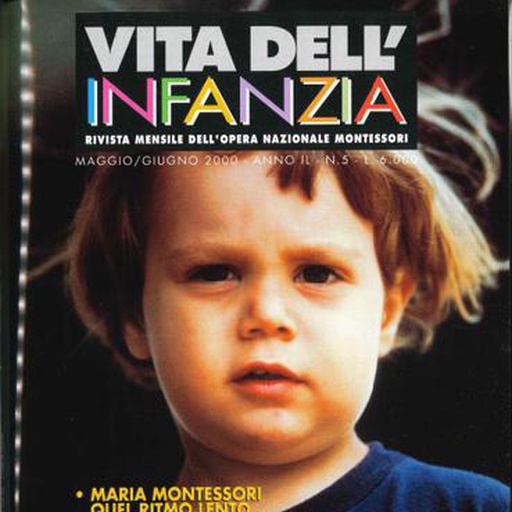
Quel ritmo lento e misurato del bambino
In: Vita dell'infanzia
a. XLIX, n.5, maggio/giugno, 2000
2000
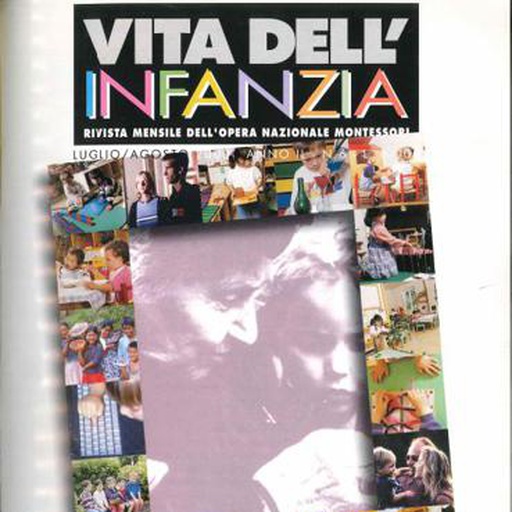
Il cittadino dimenticato
In: Vita dell'infanzia
Verso il Congresso internazionale Maria Montessori e il XXI secolo
2000
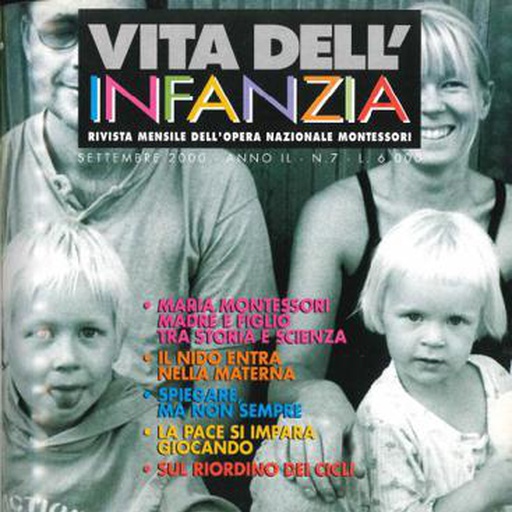
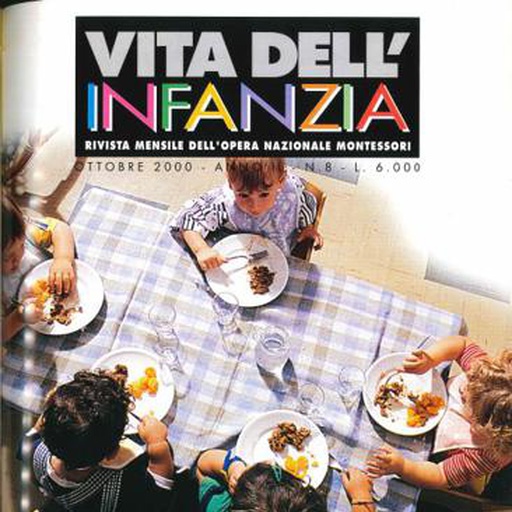
Per la libera personalità del fanciullo
In: Vita dell'infanzia
a. XLIX, n.8, ottobre, 2000
2000
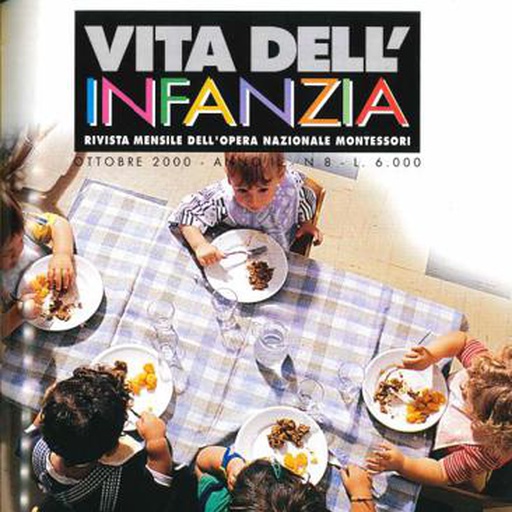
Libertà e disciplina del bambino nel metodo Montessori
In: Vita dell'infanzia
a. XLIX, n.8, ottobre, 2000
2000
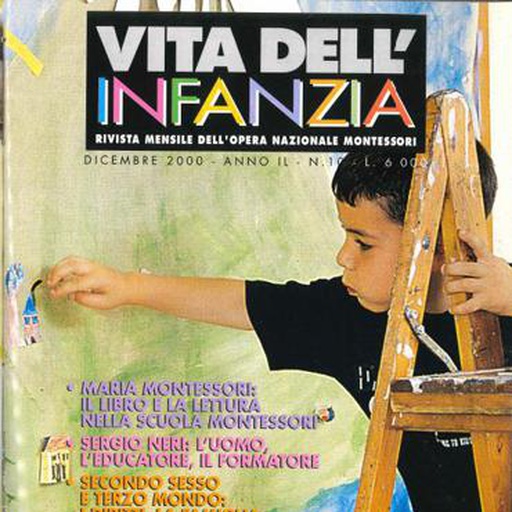
Il libro e la lettura nella scuola Montessori
In: Vita dell'infanzia
a. XLIX, n.10, dicembre, 2000
2000
